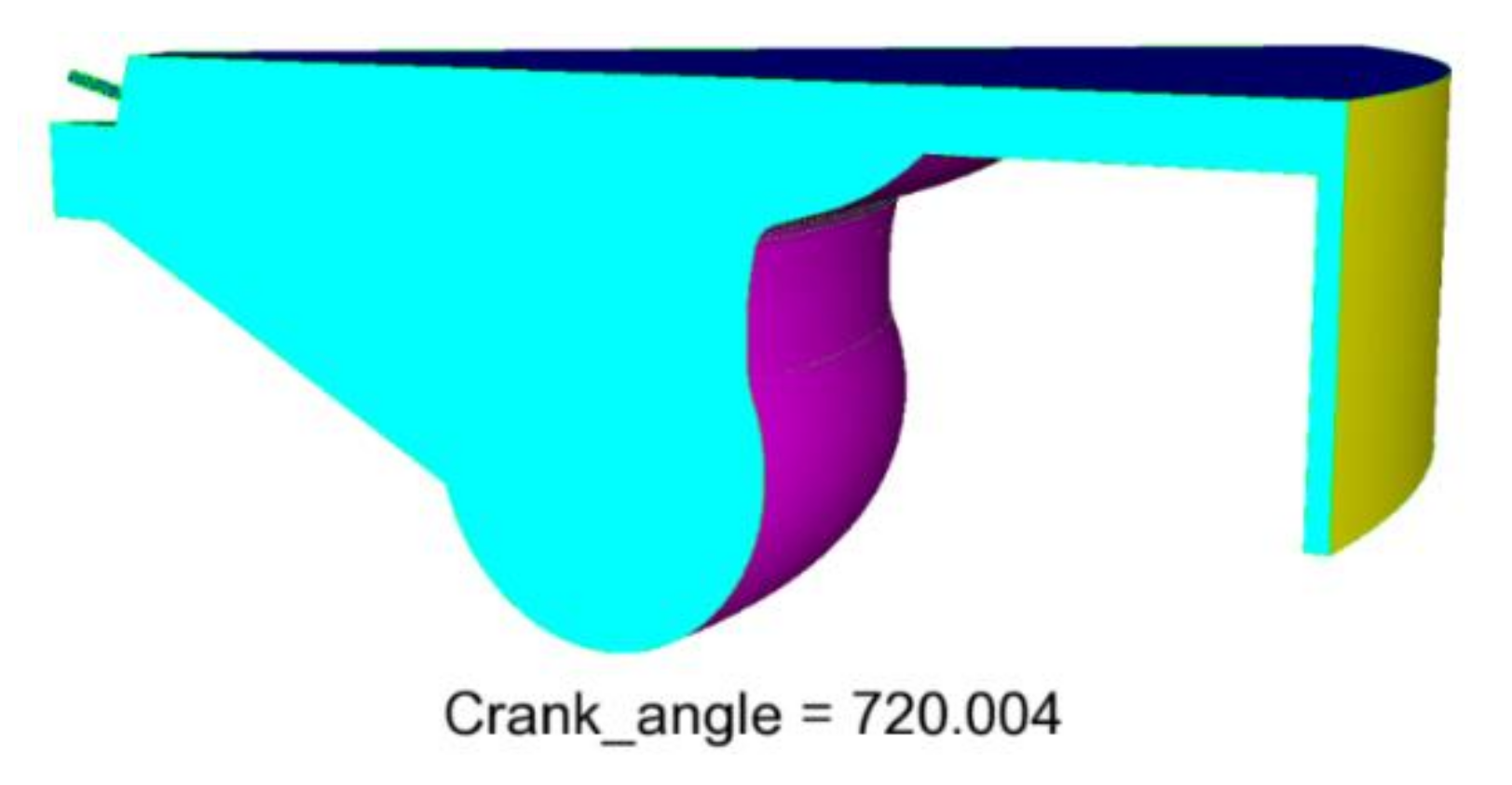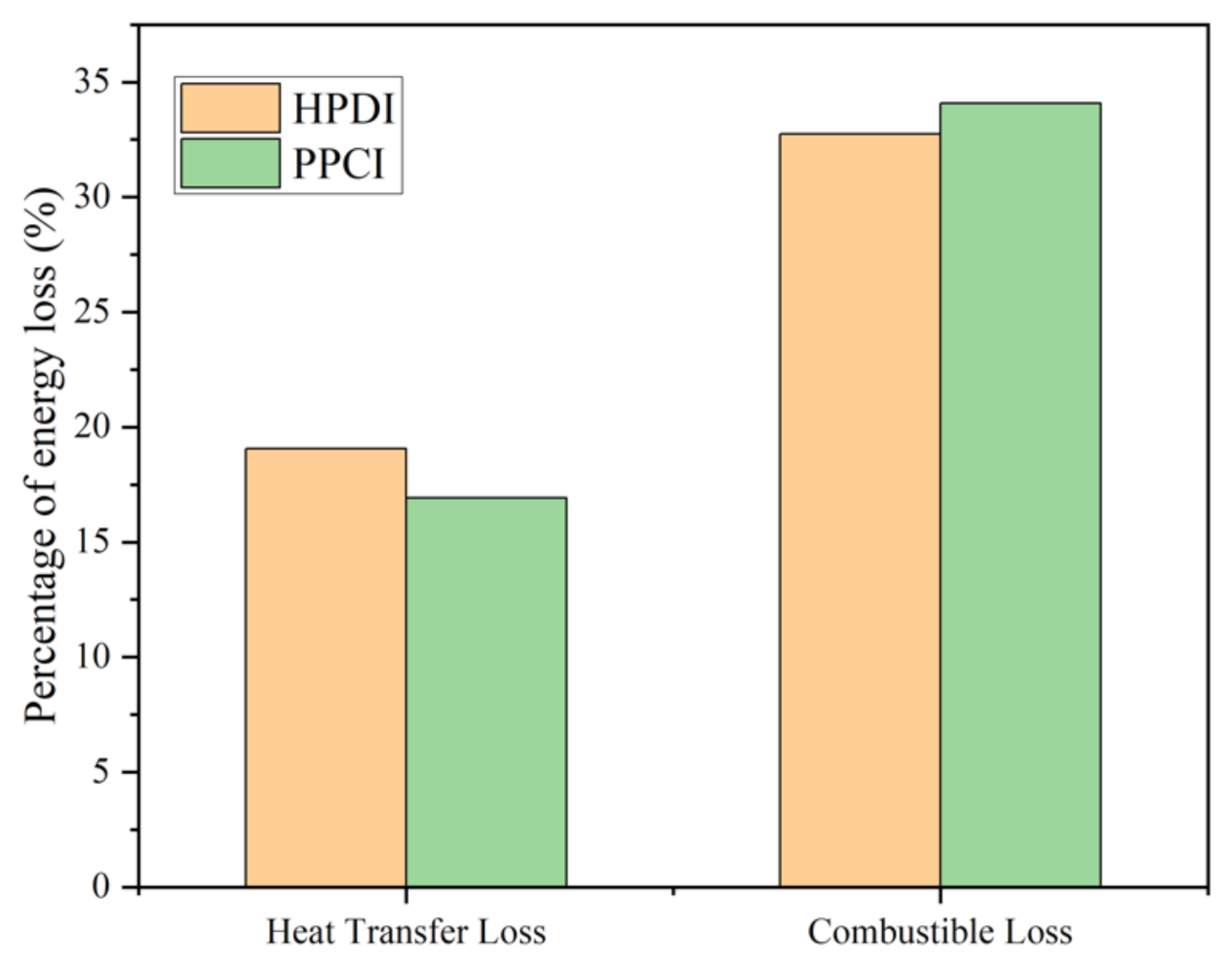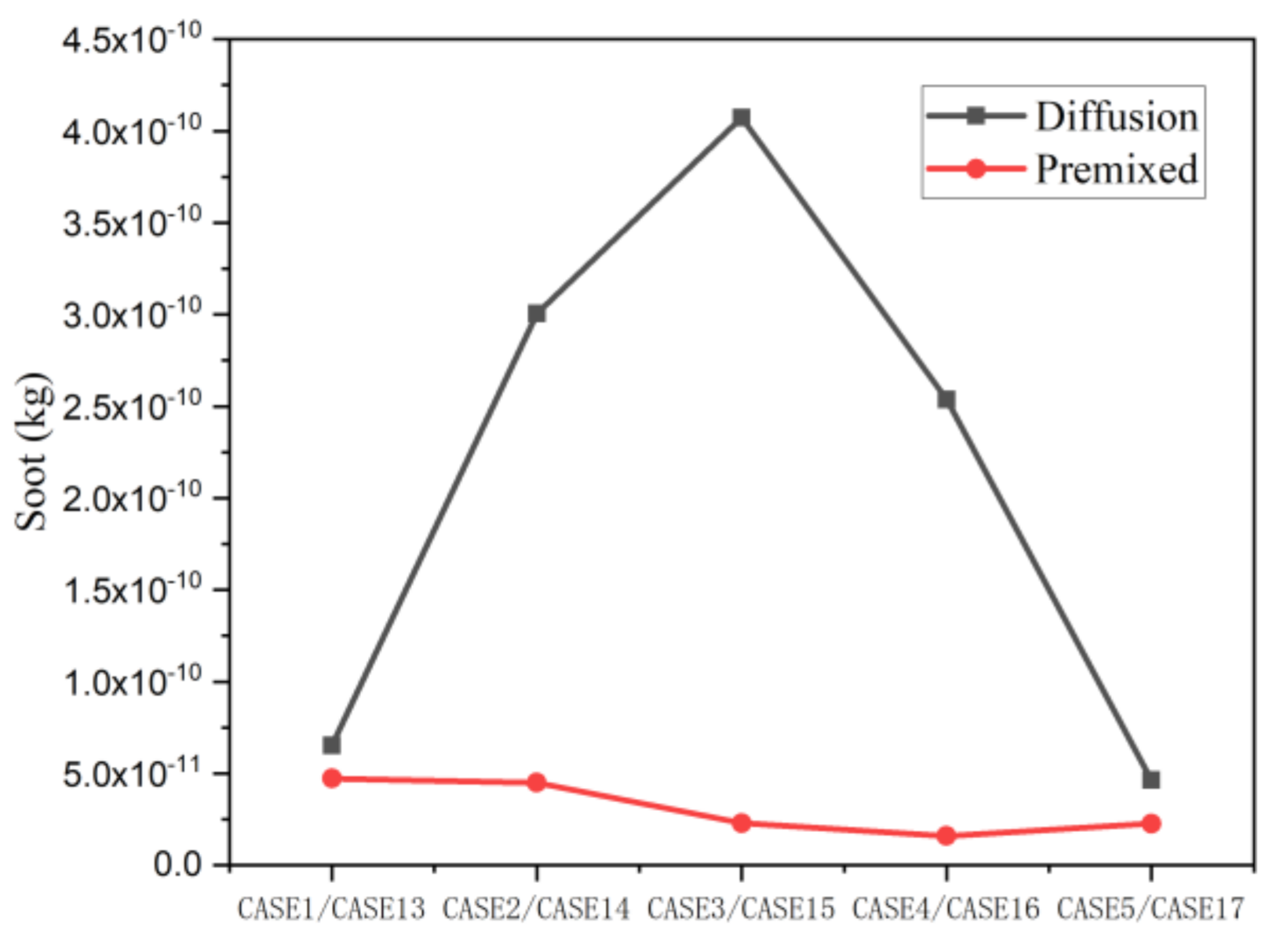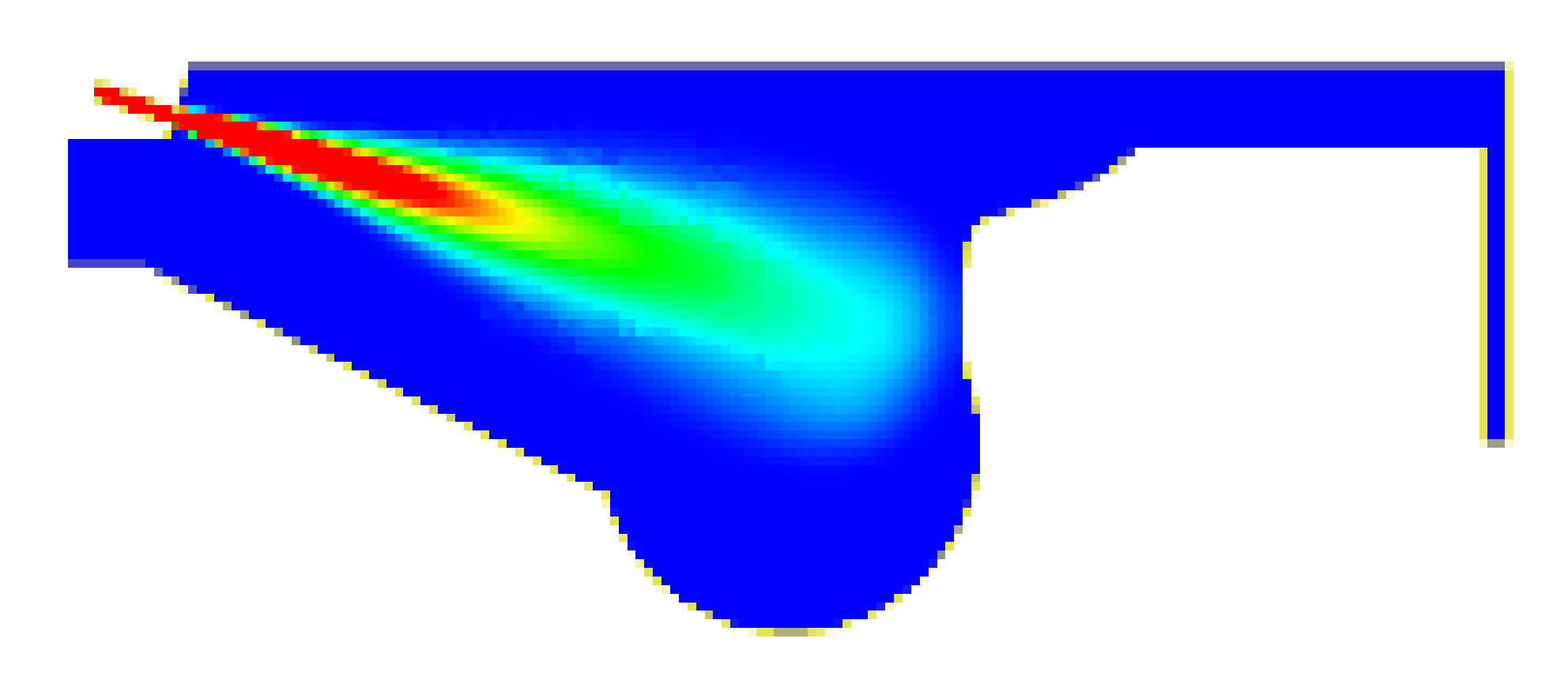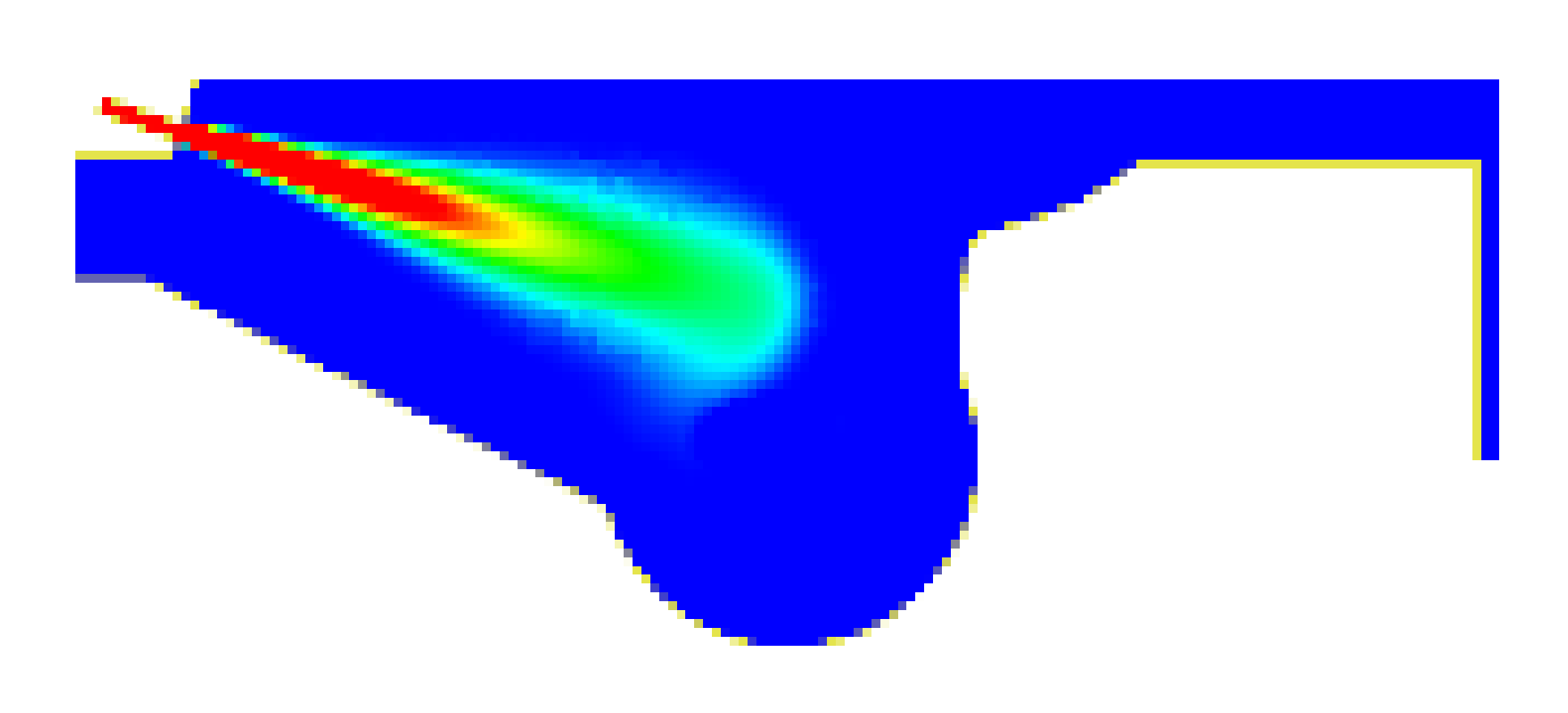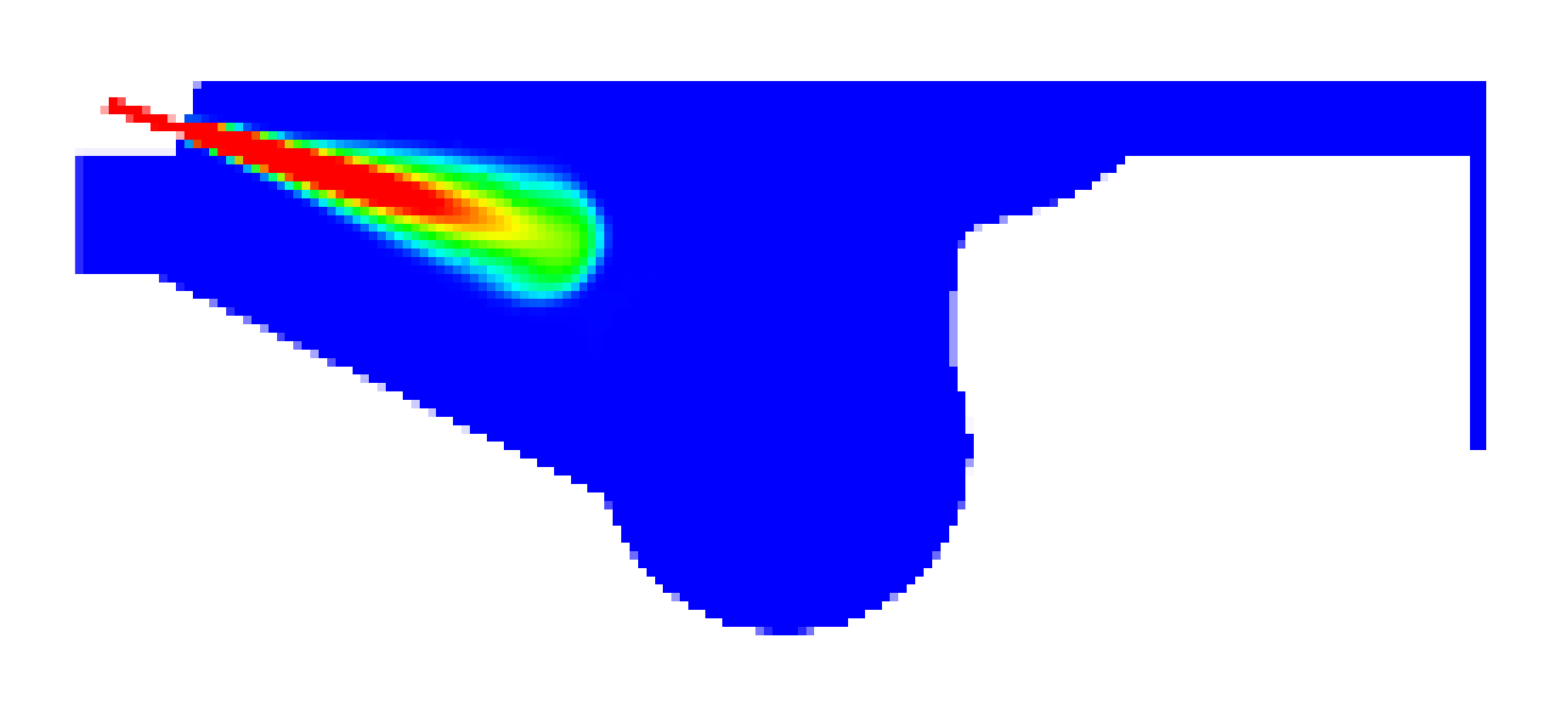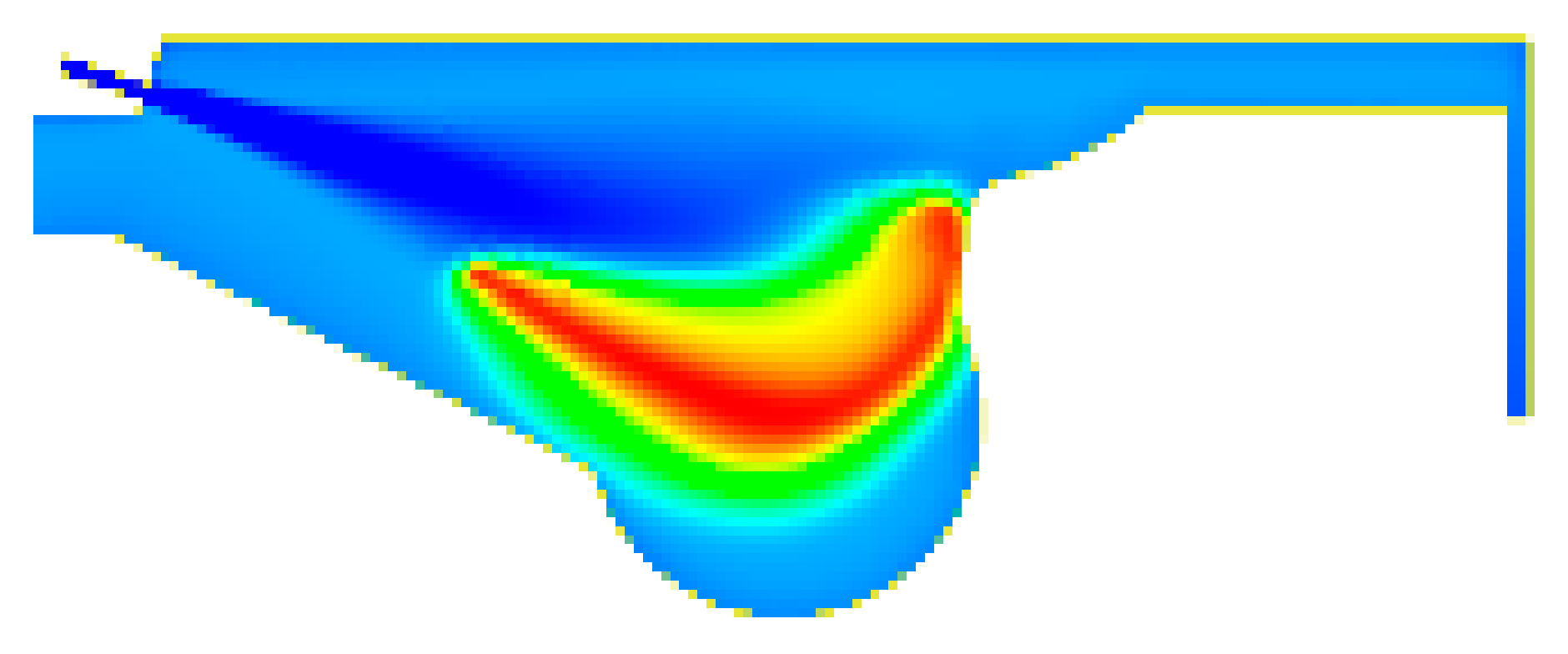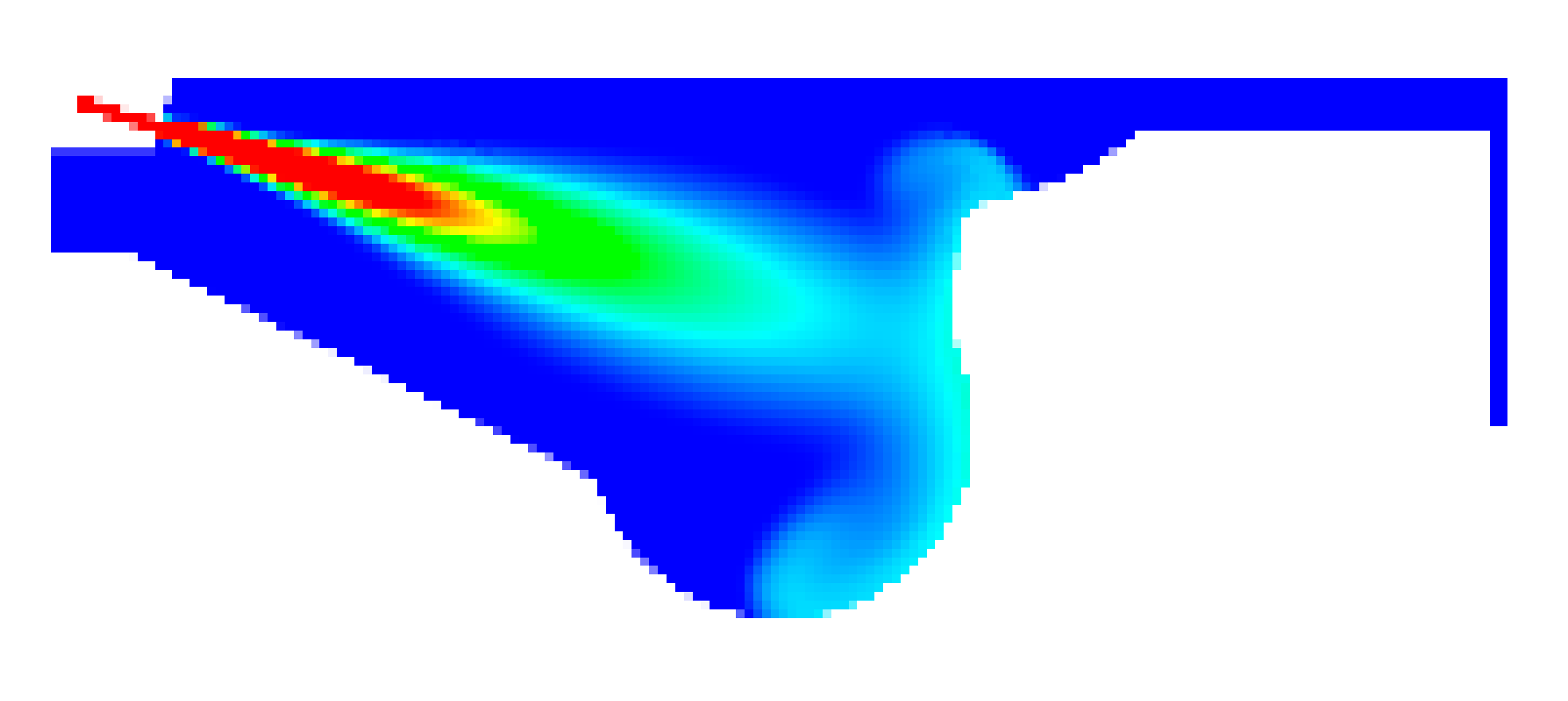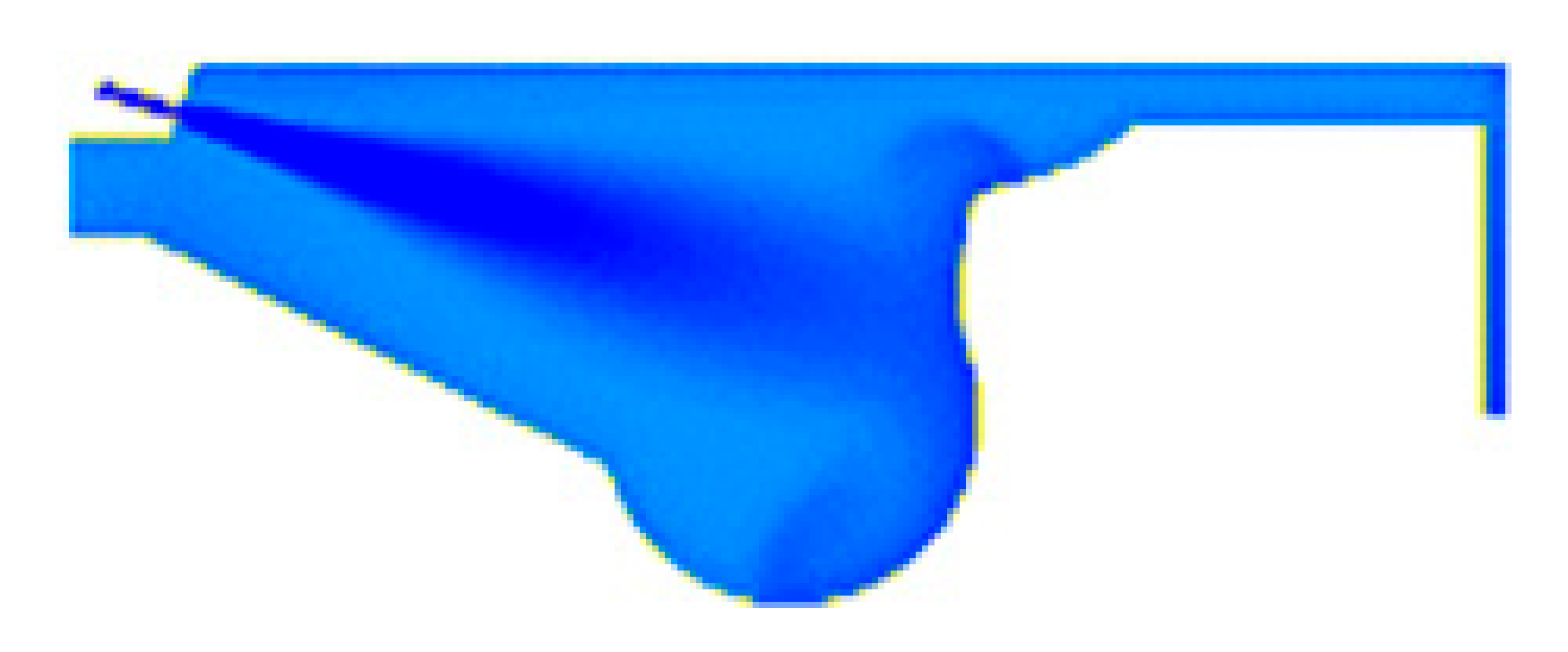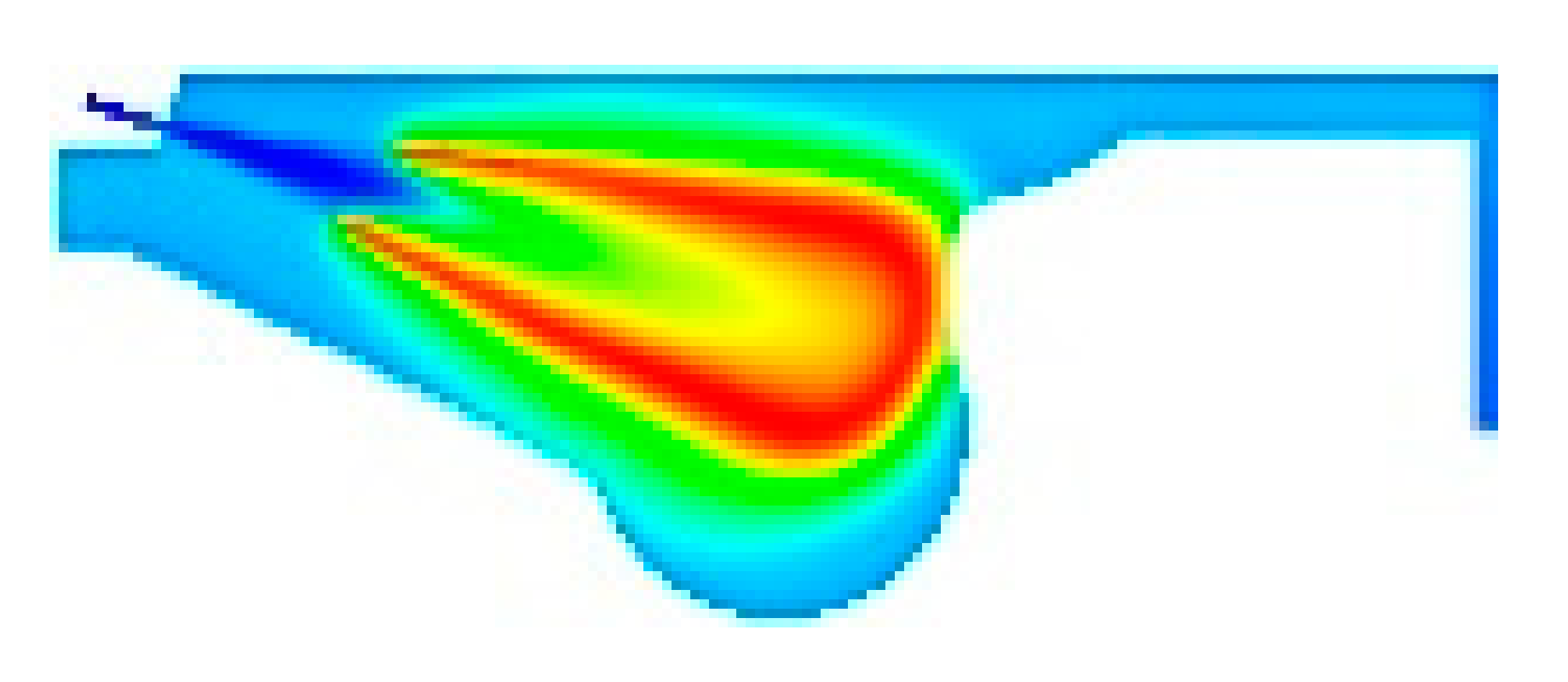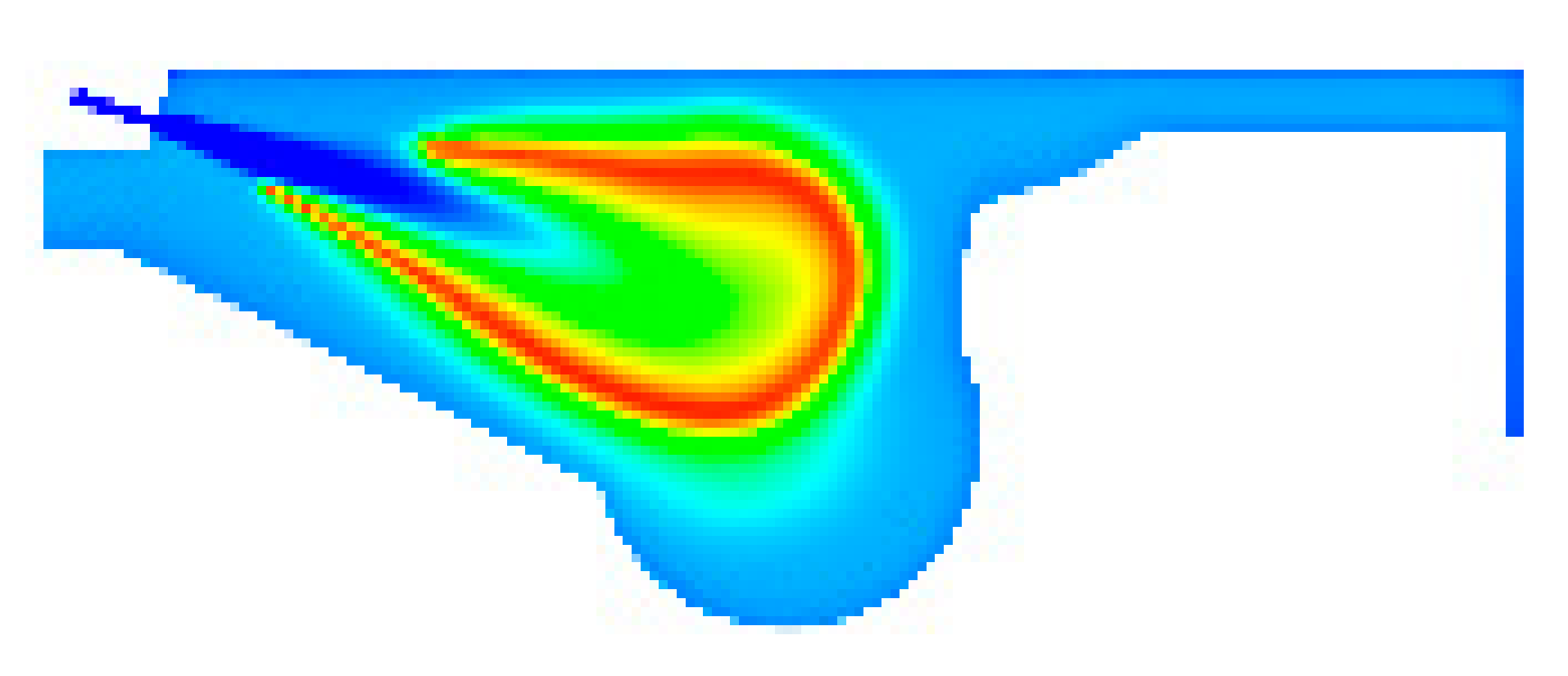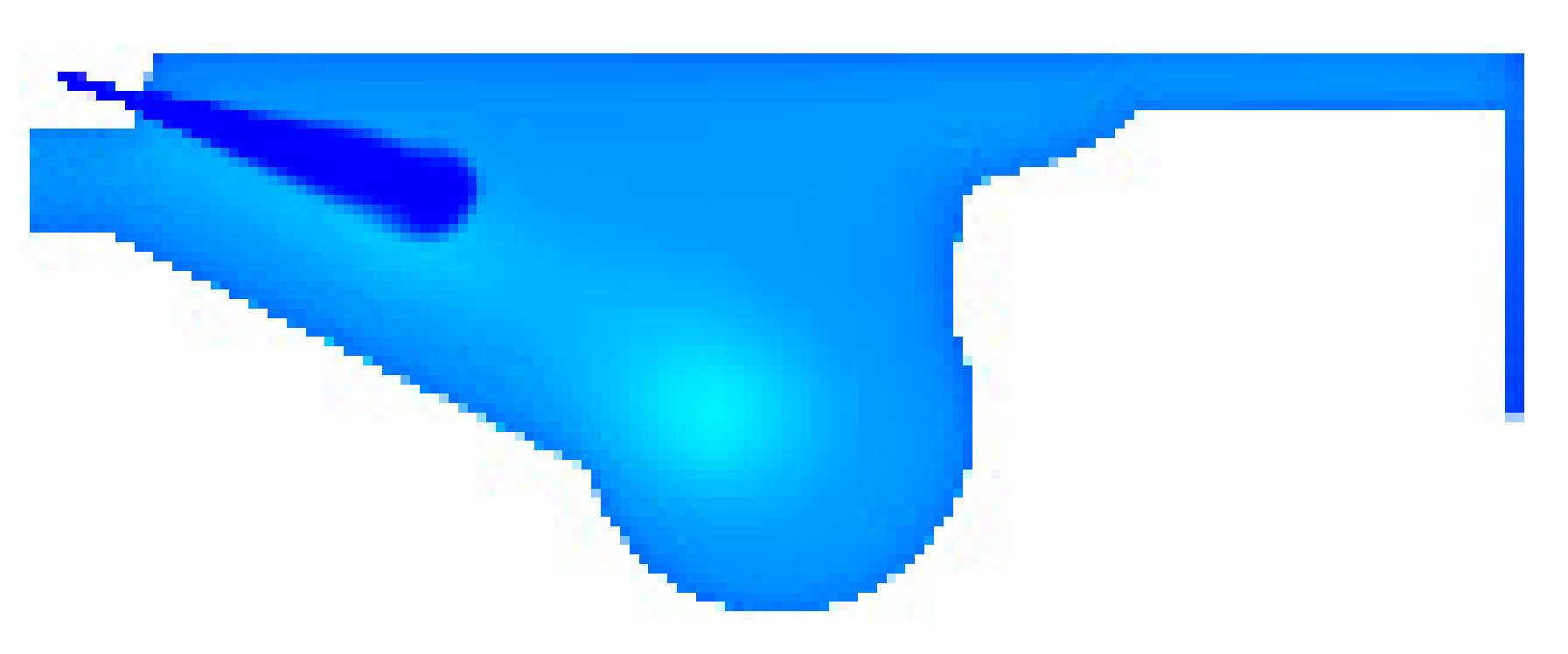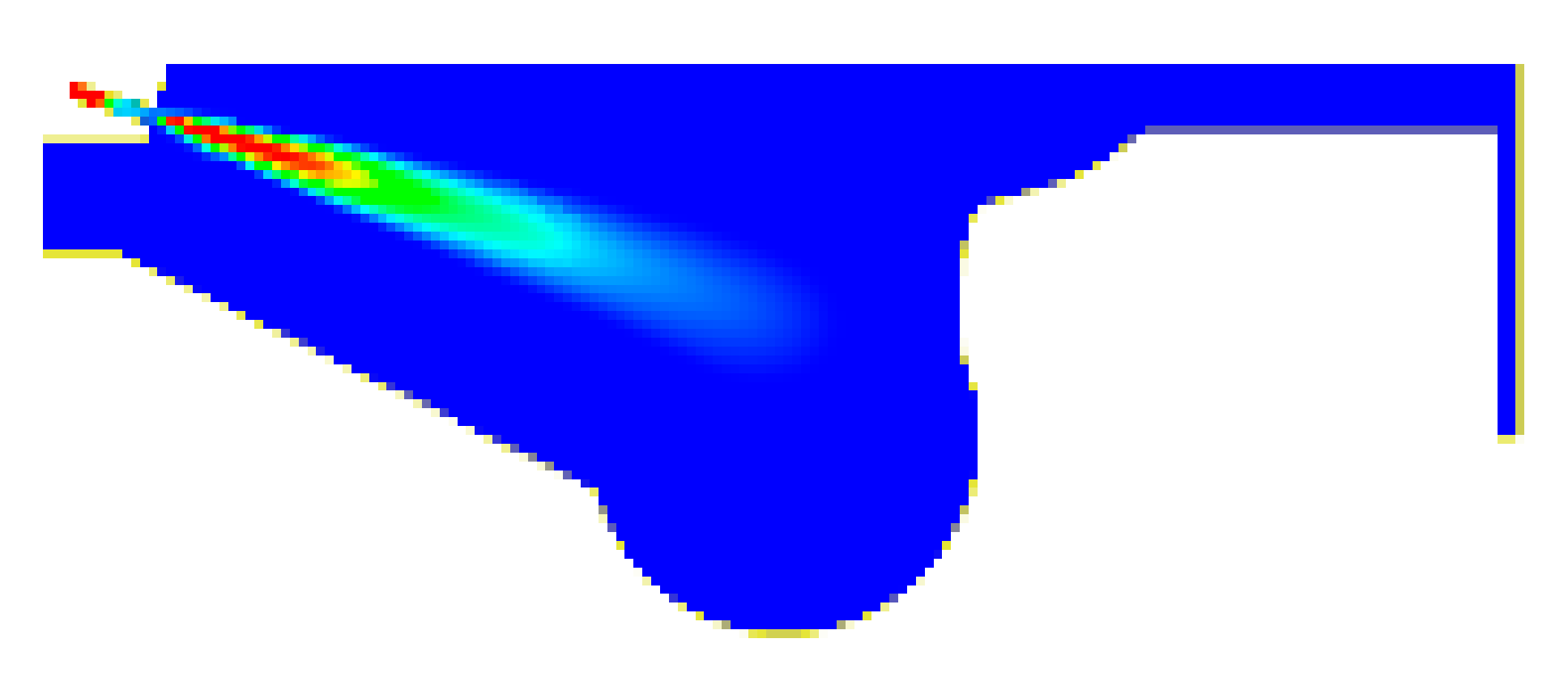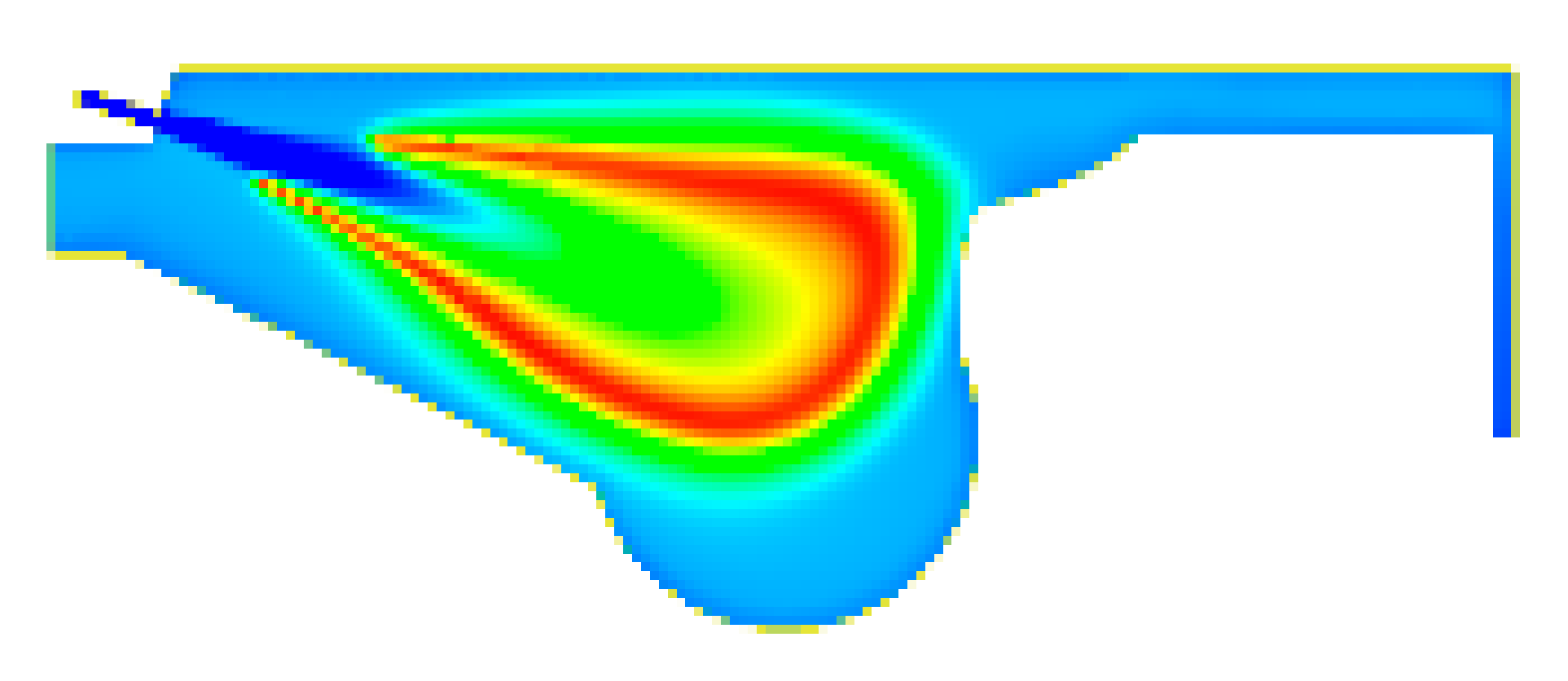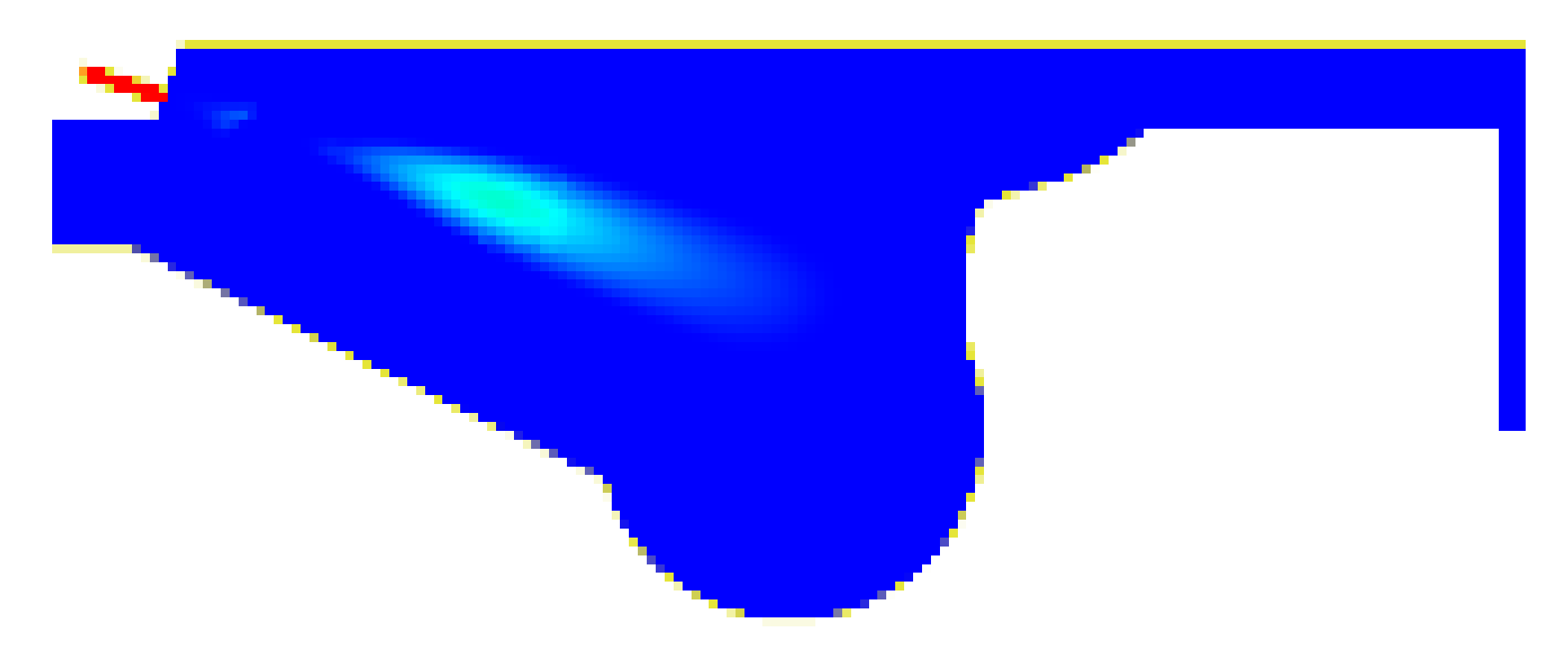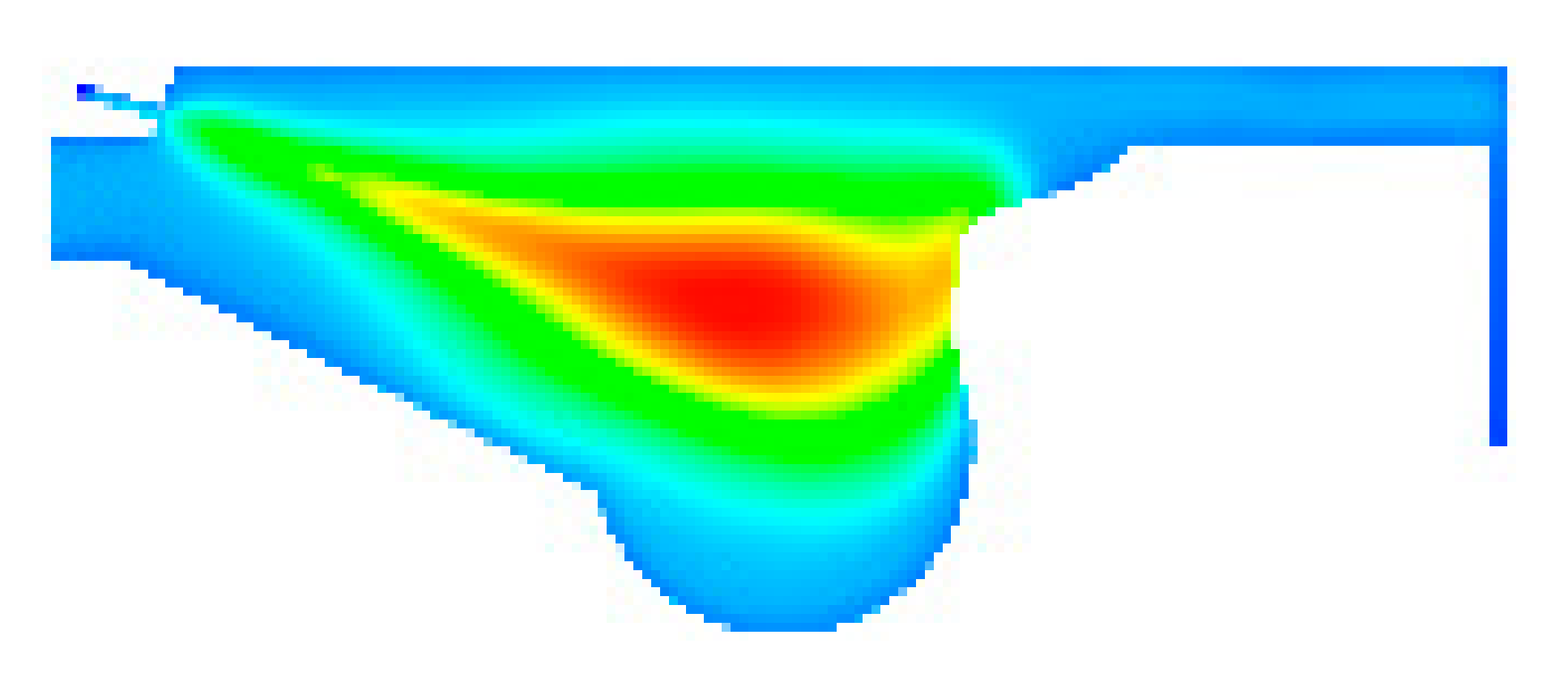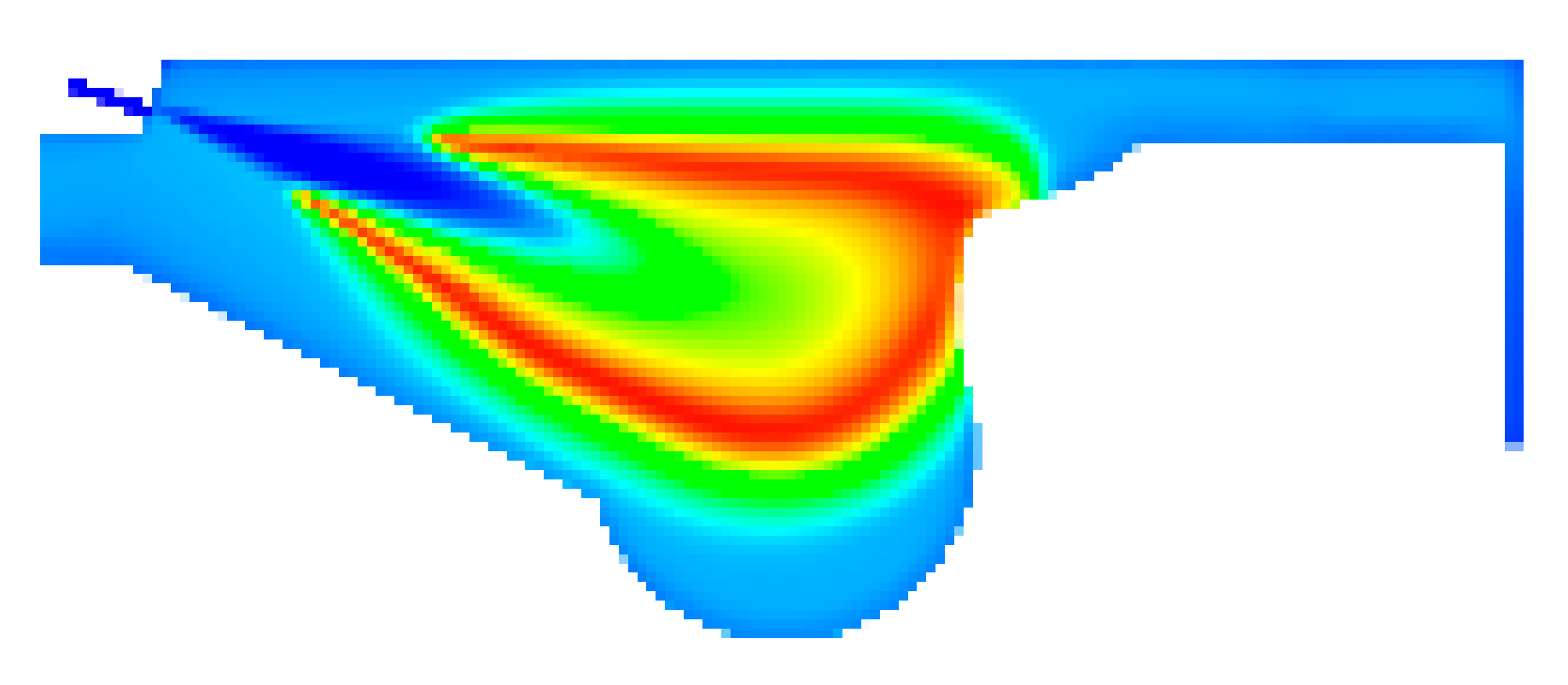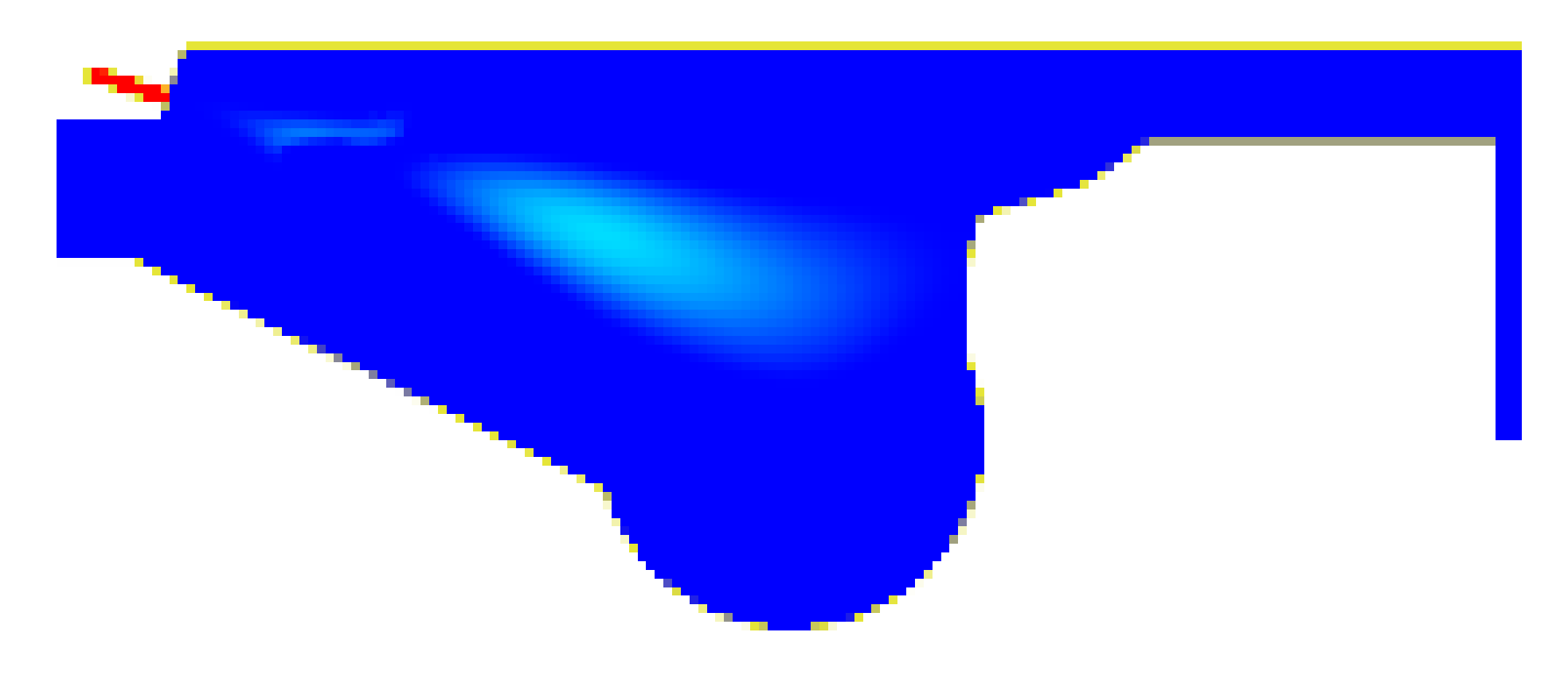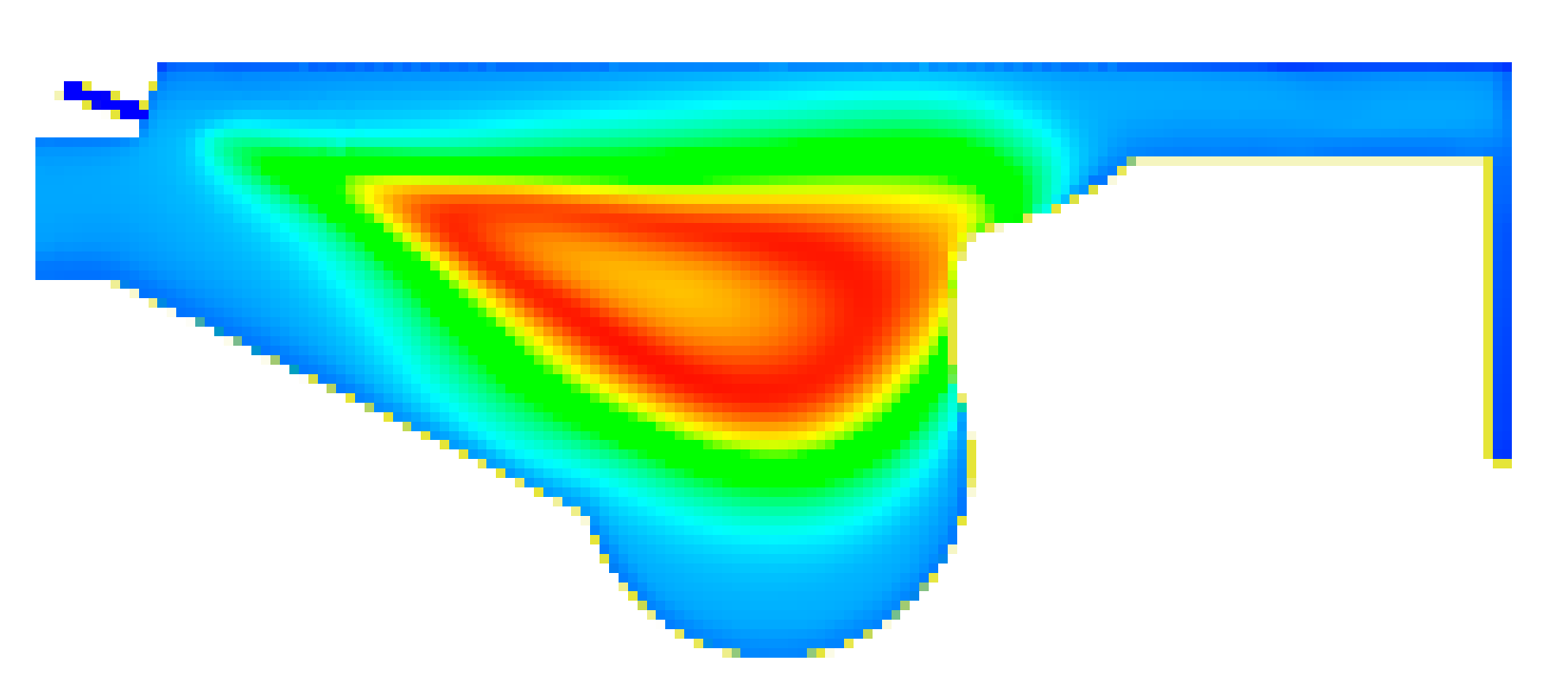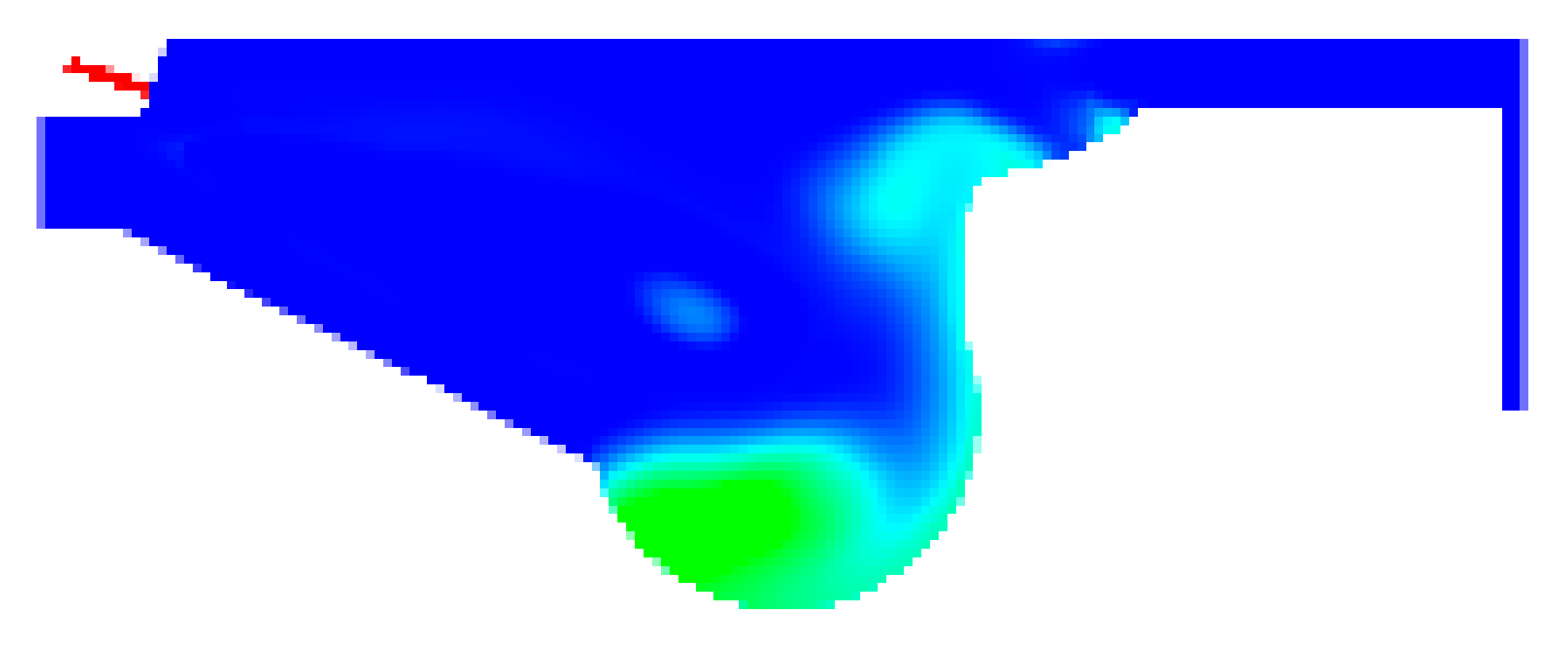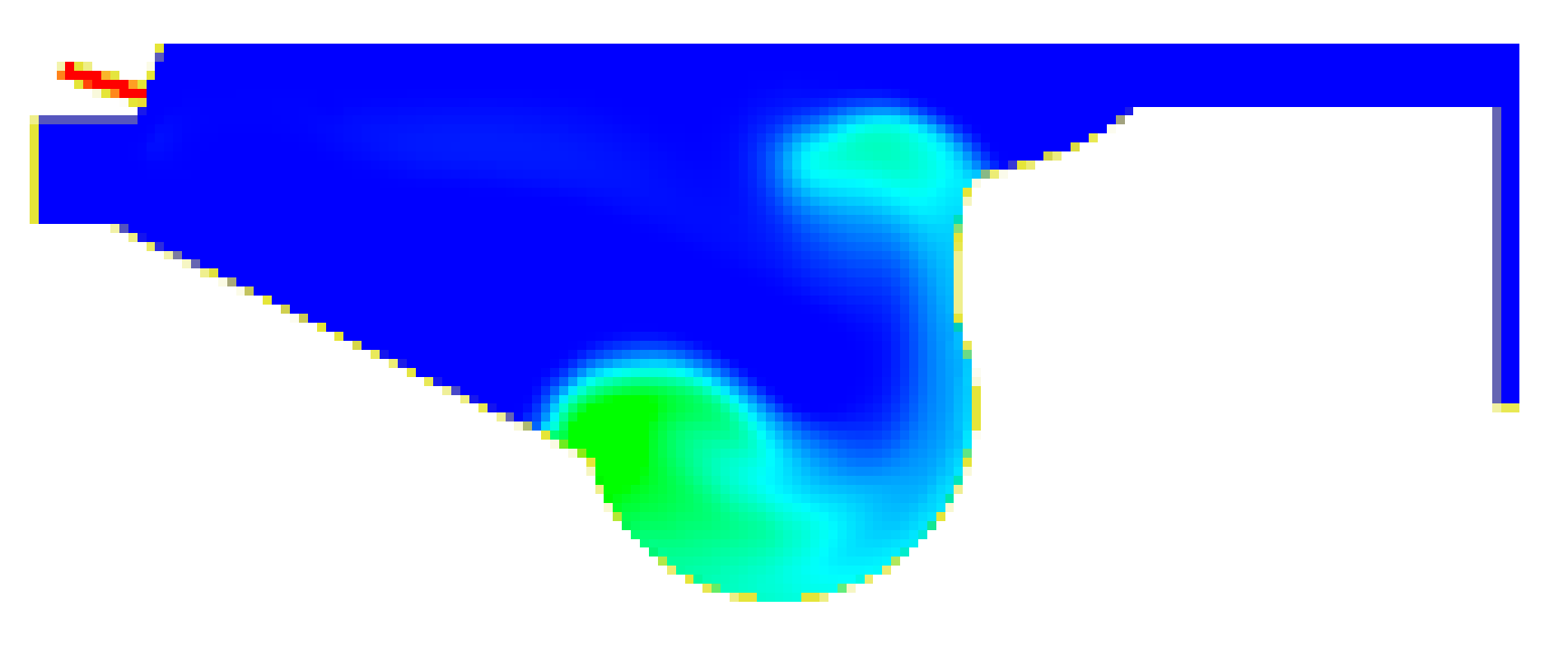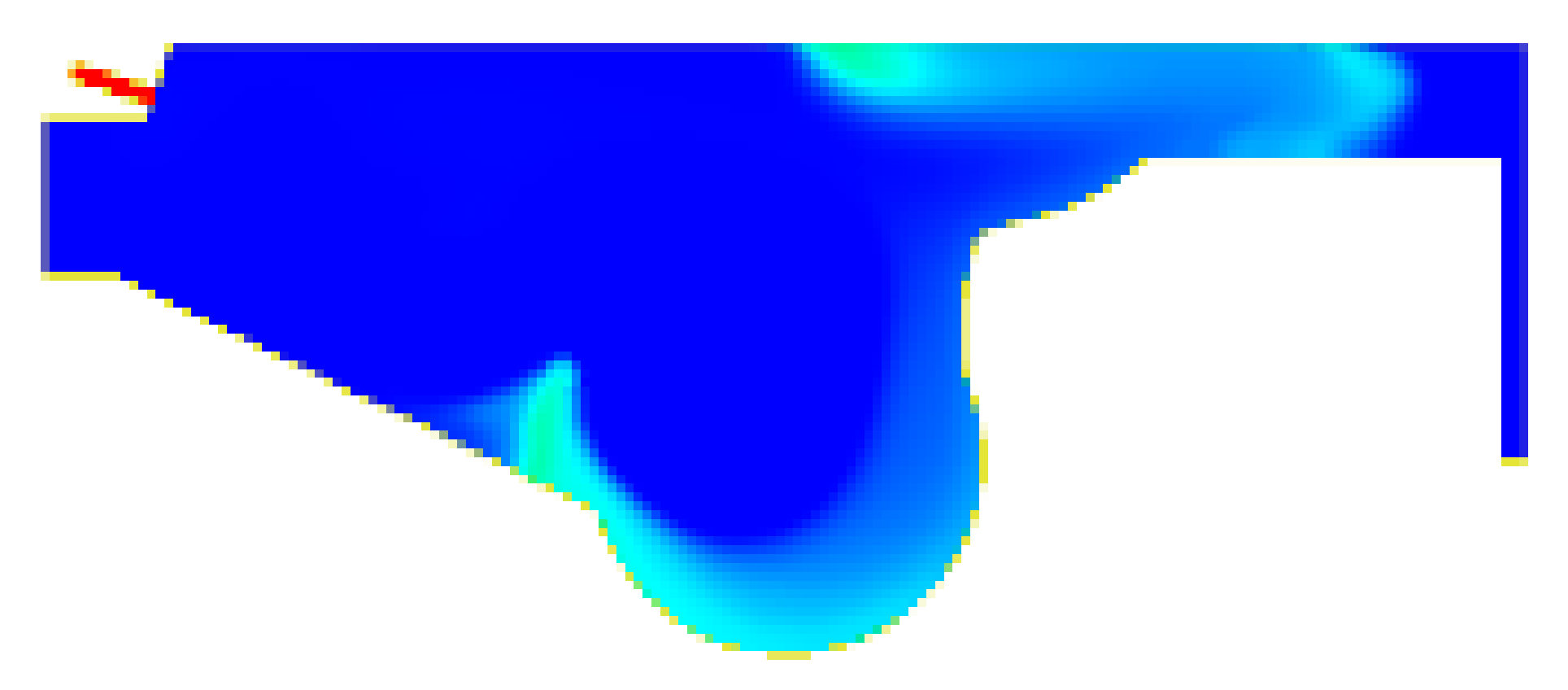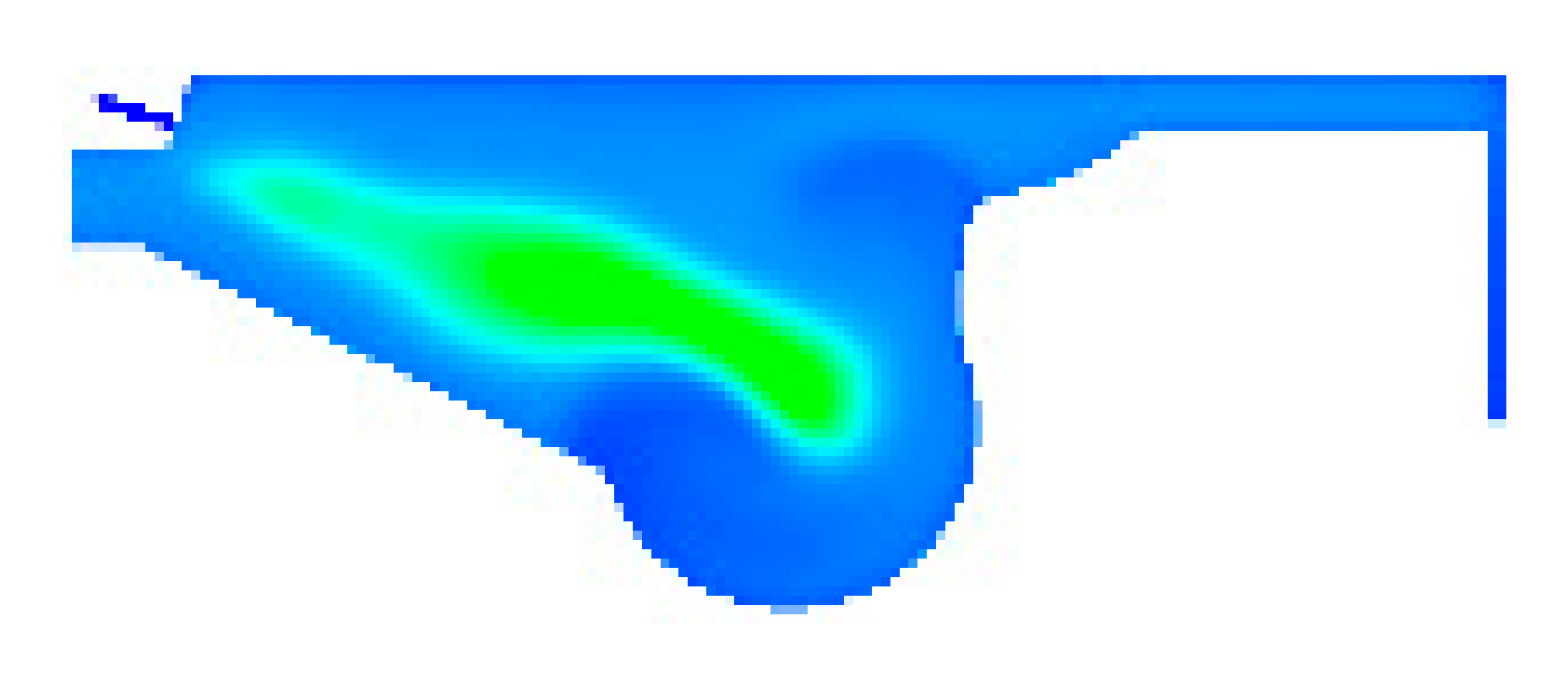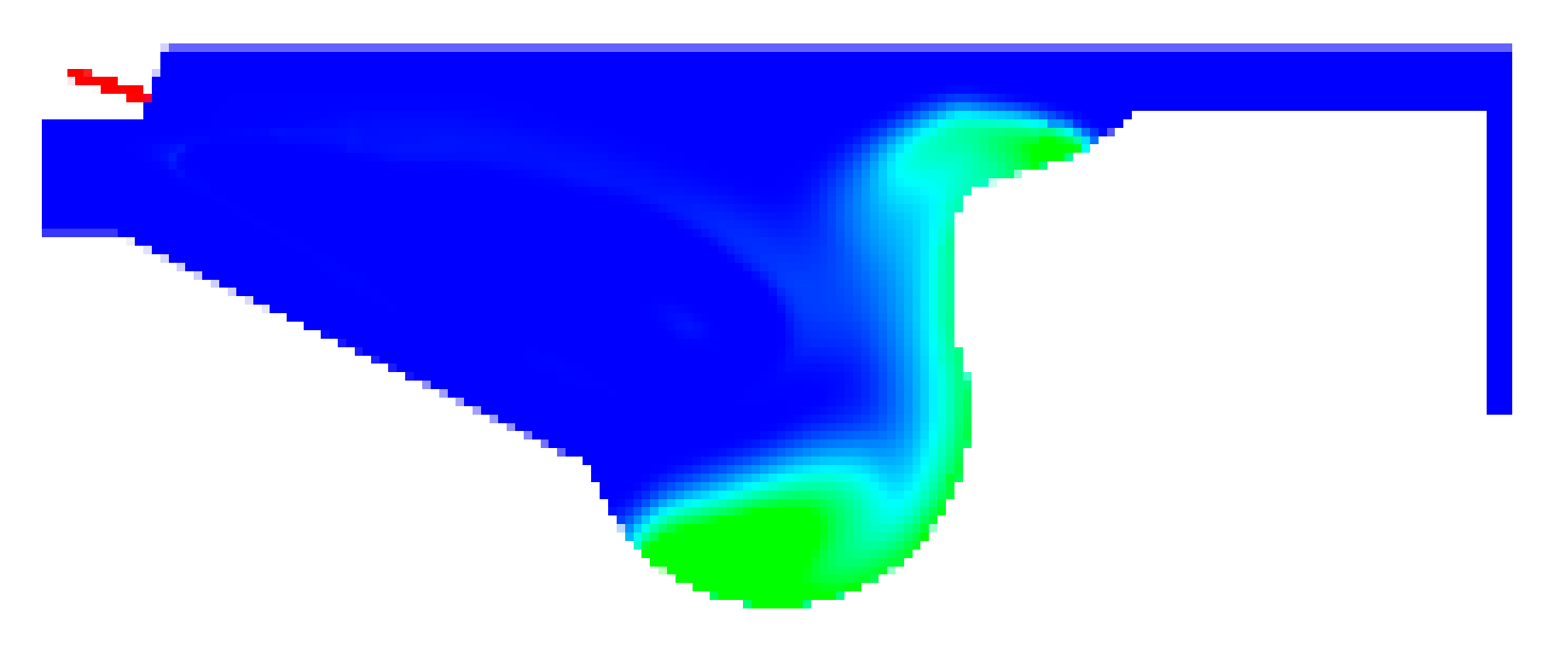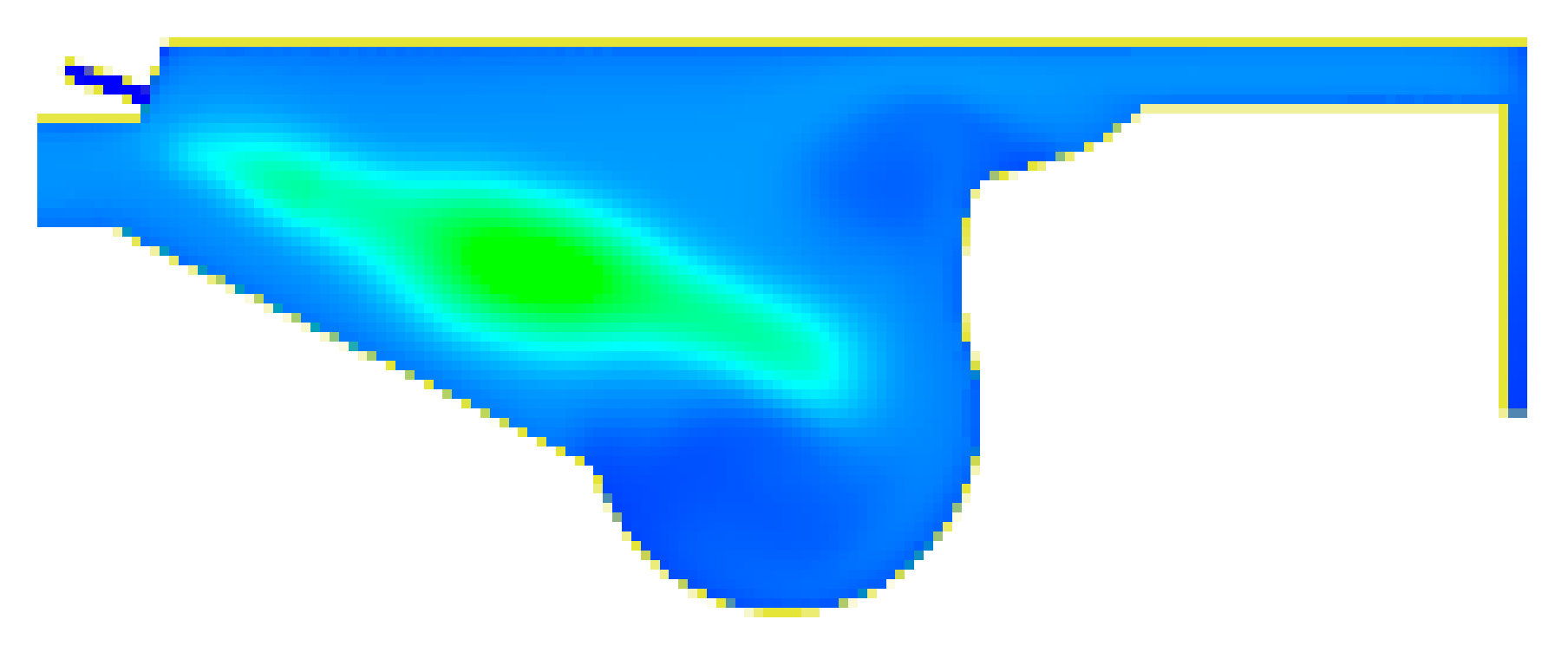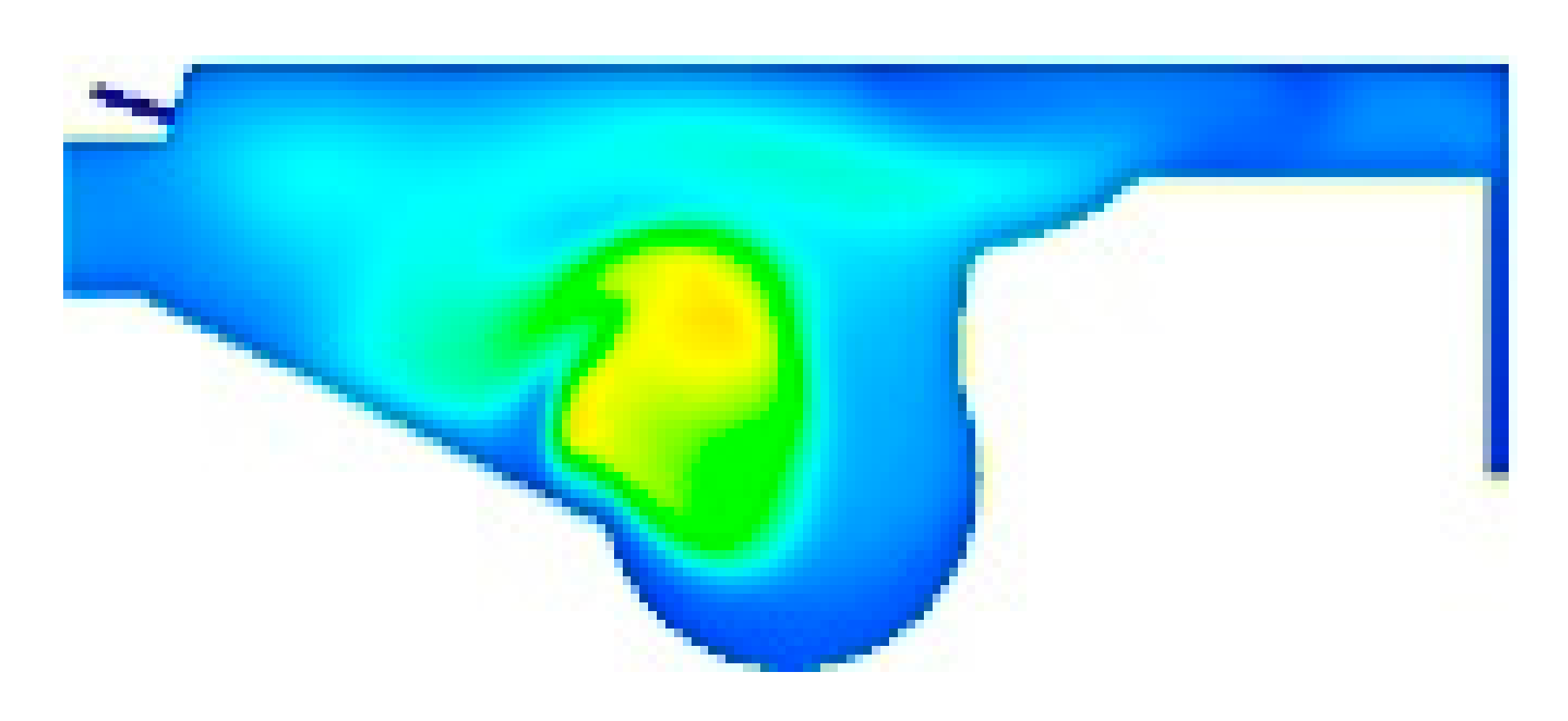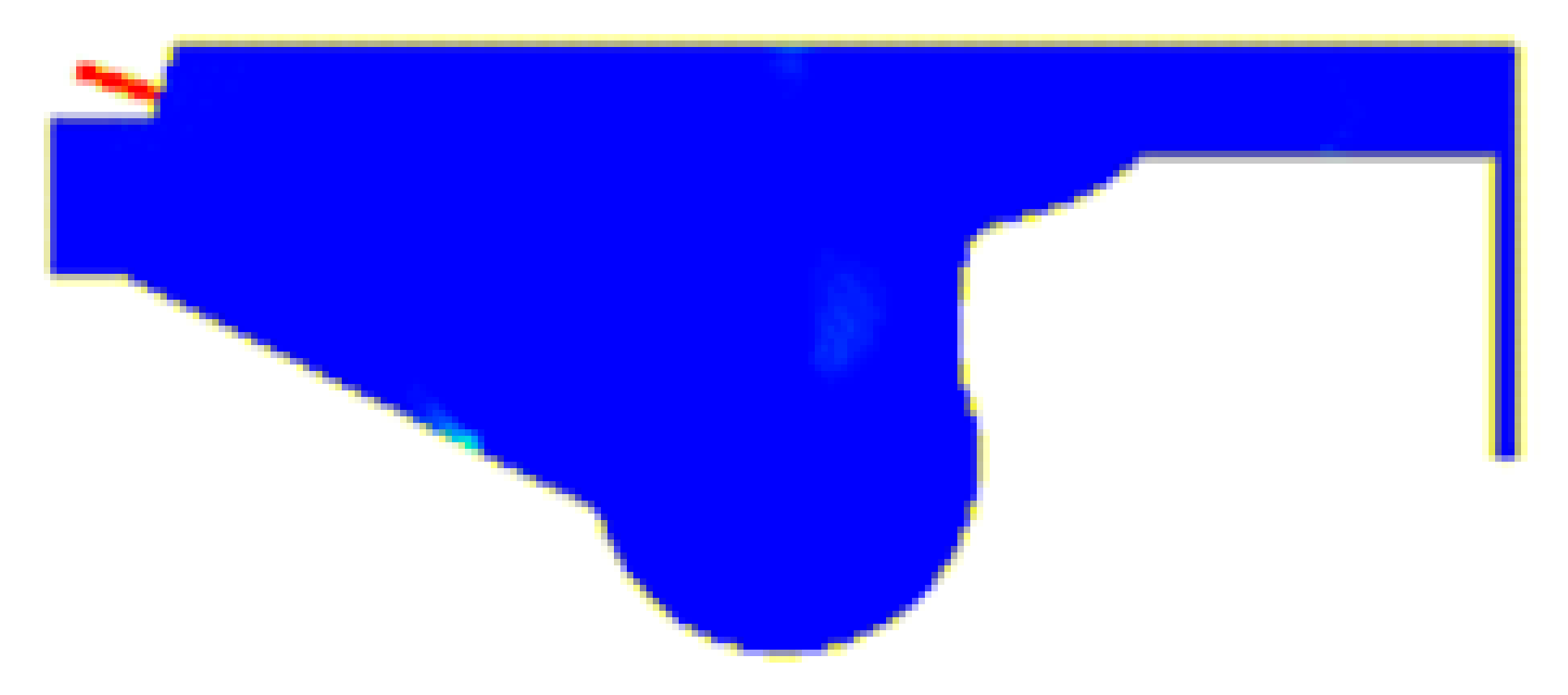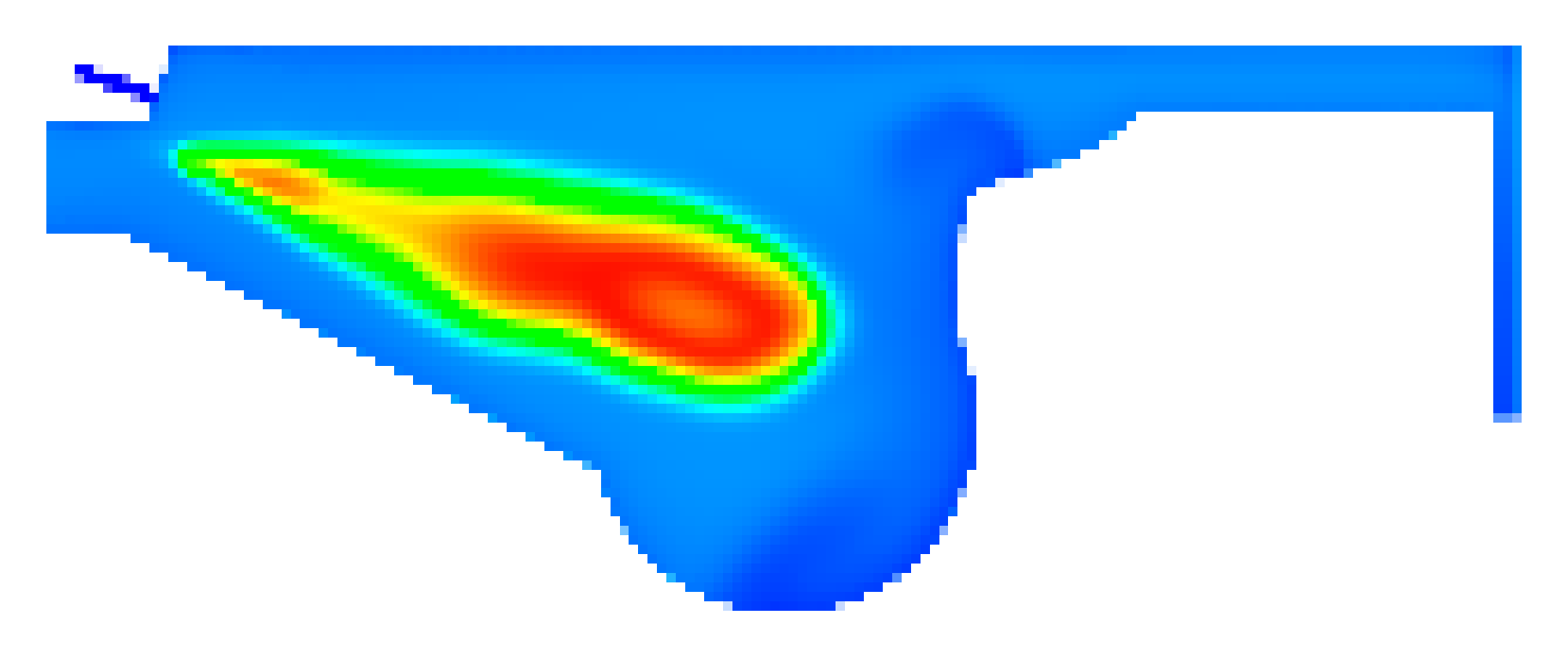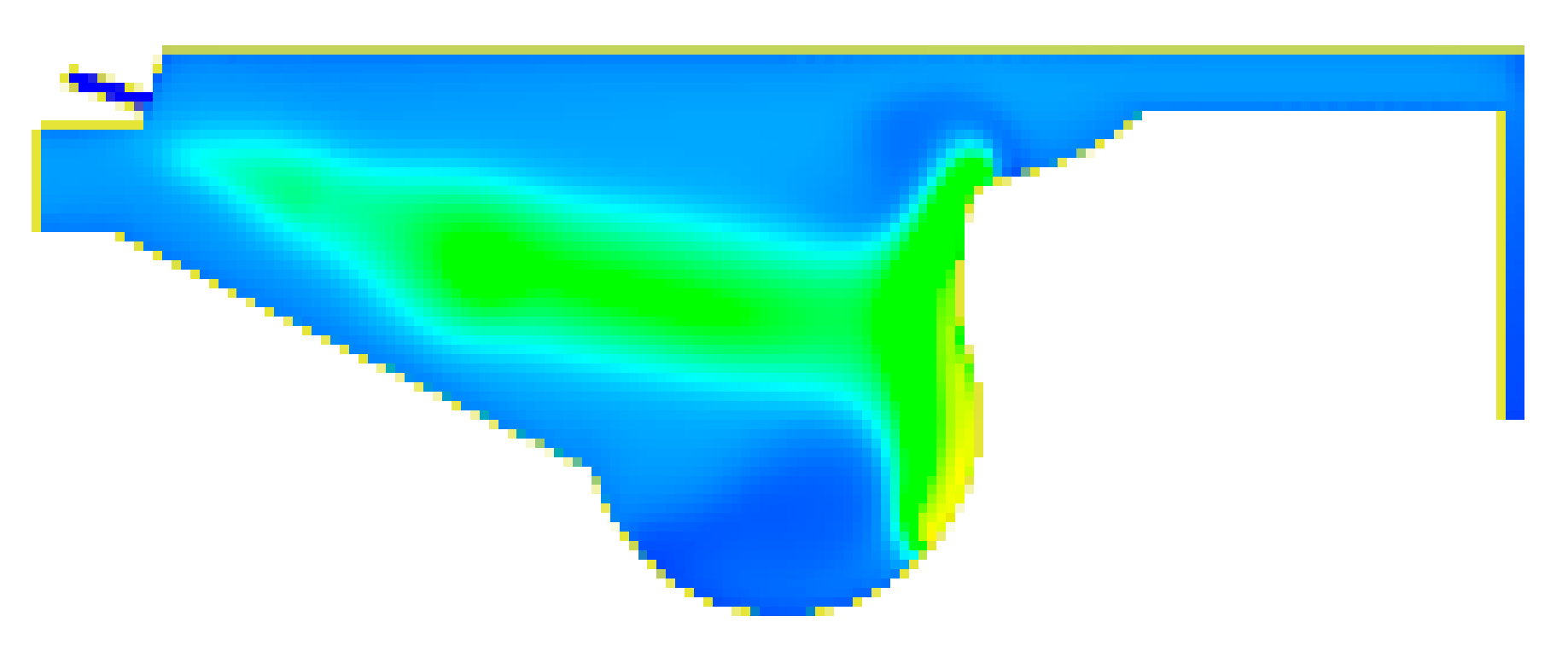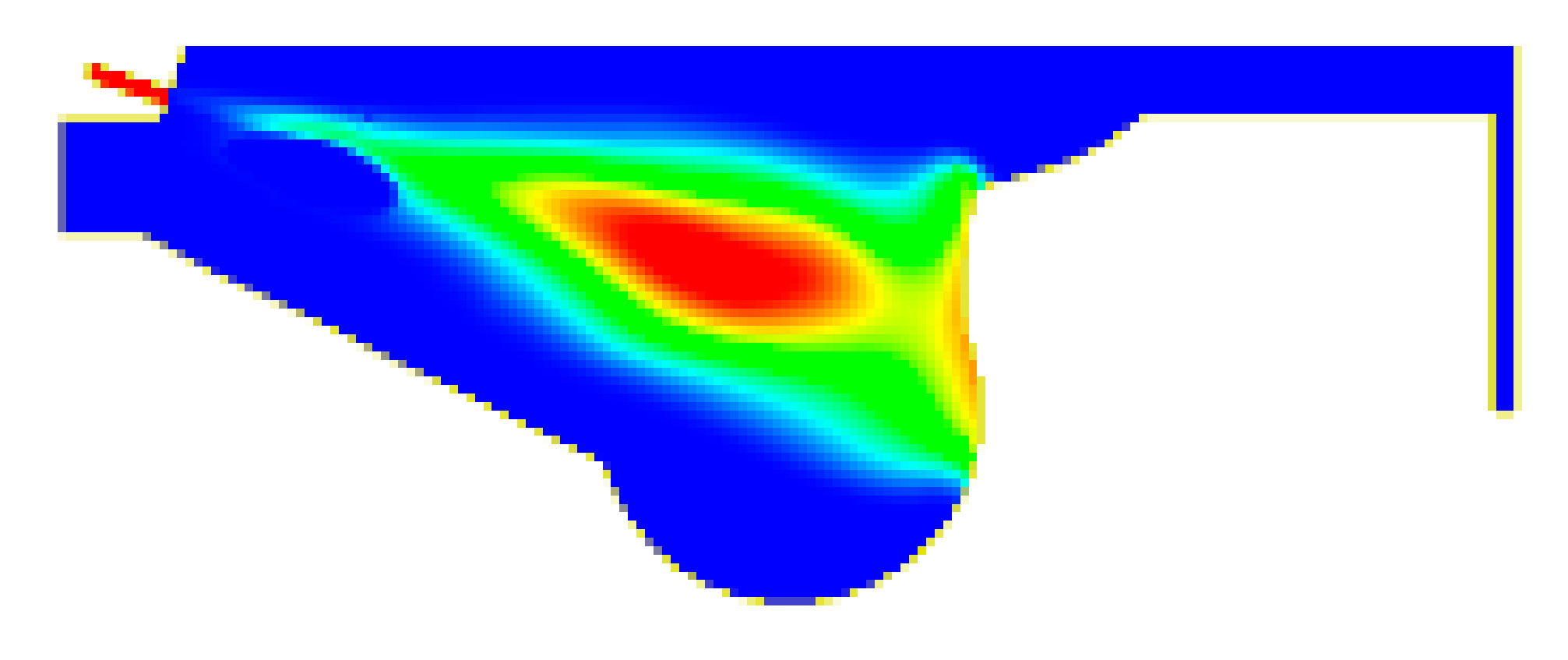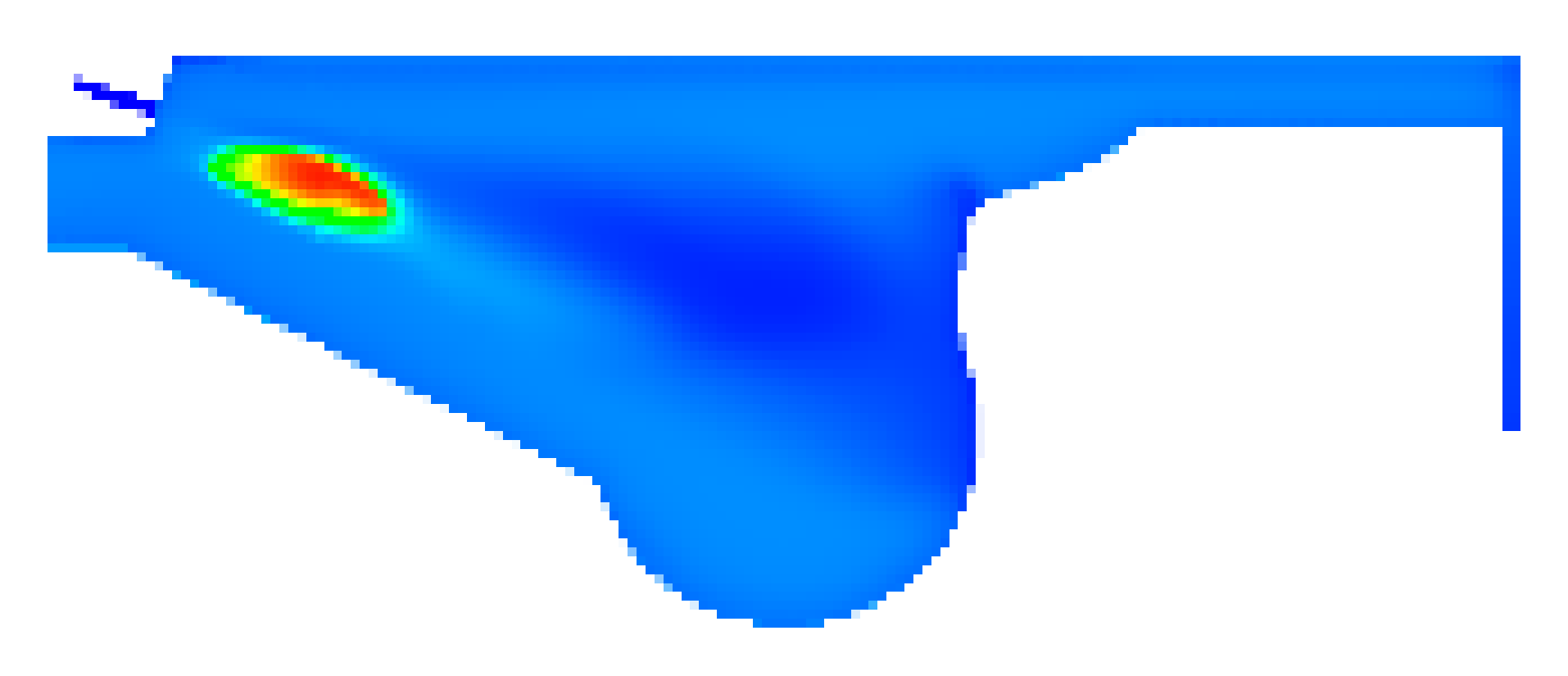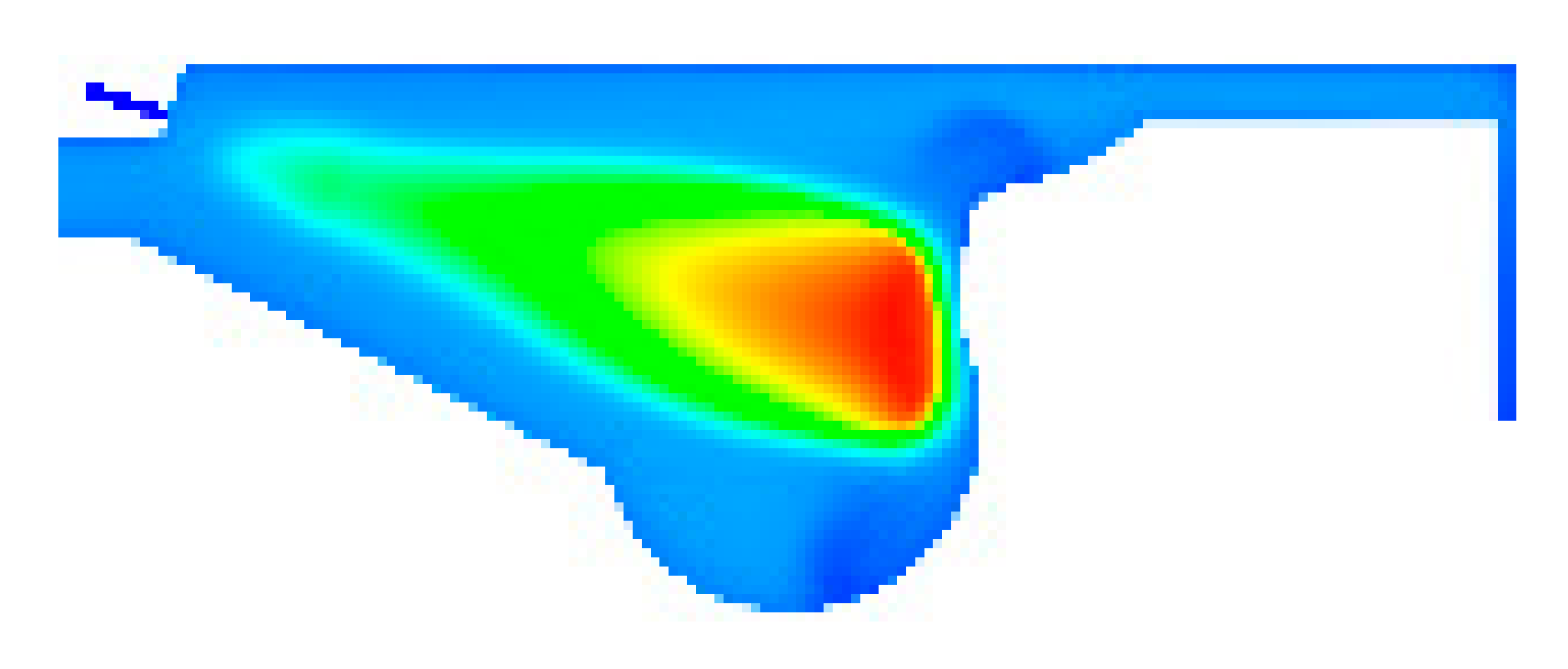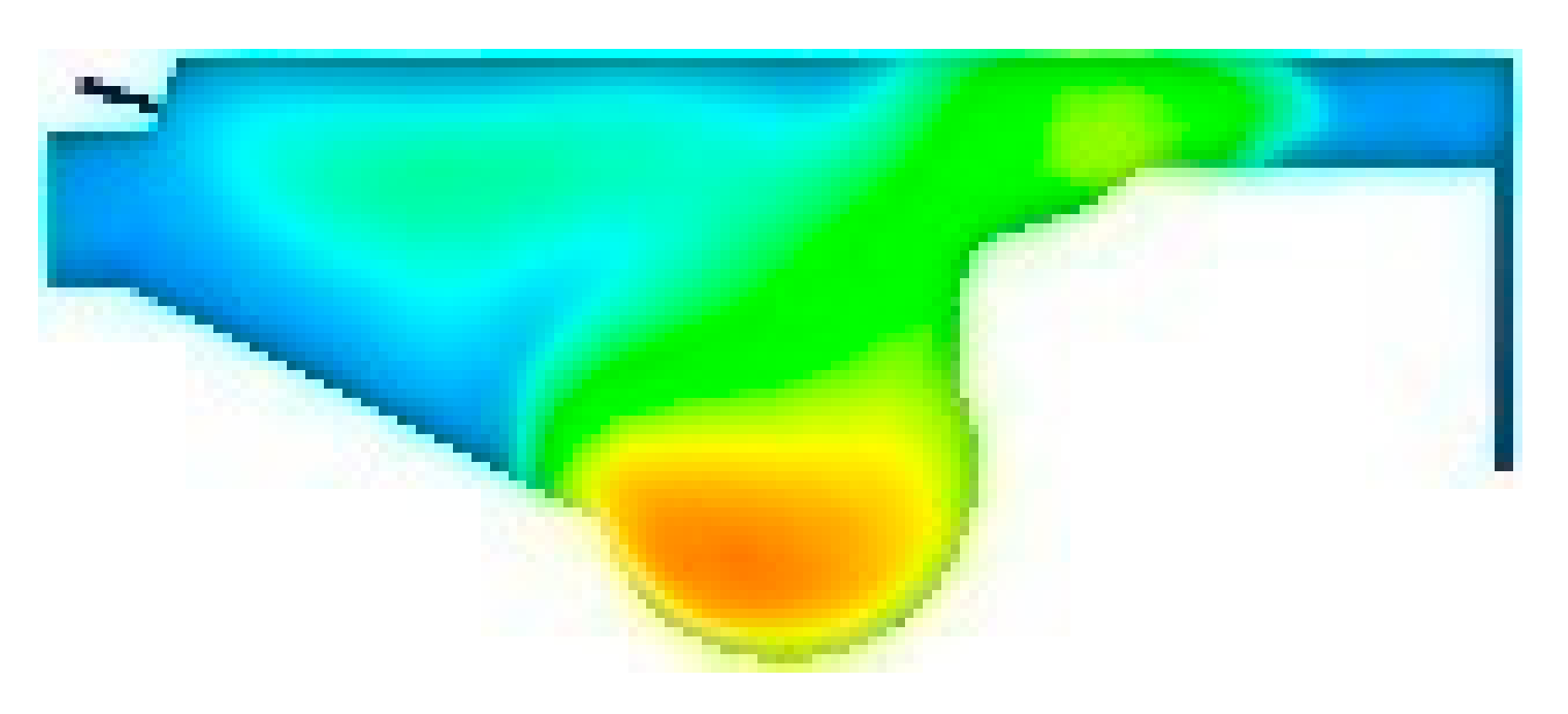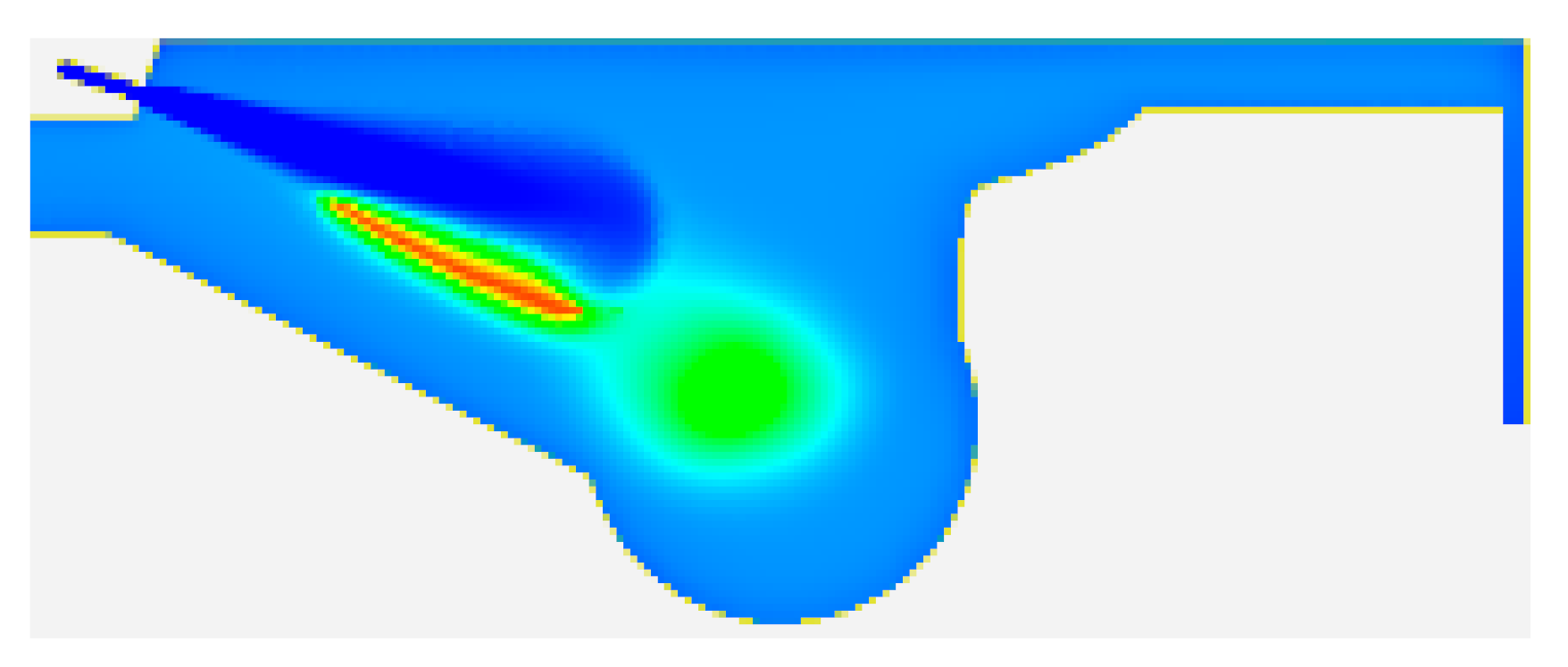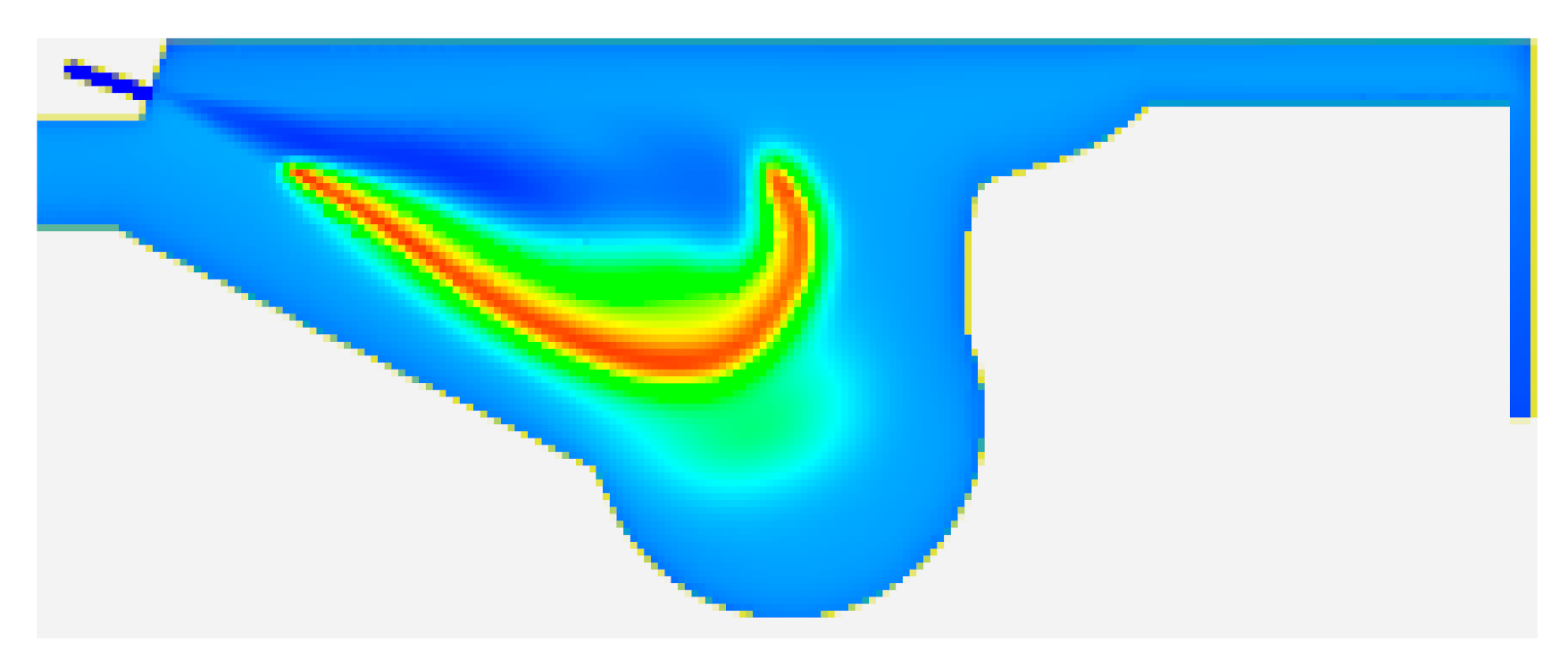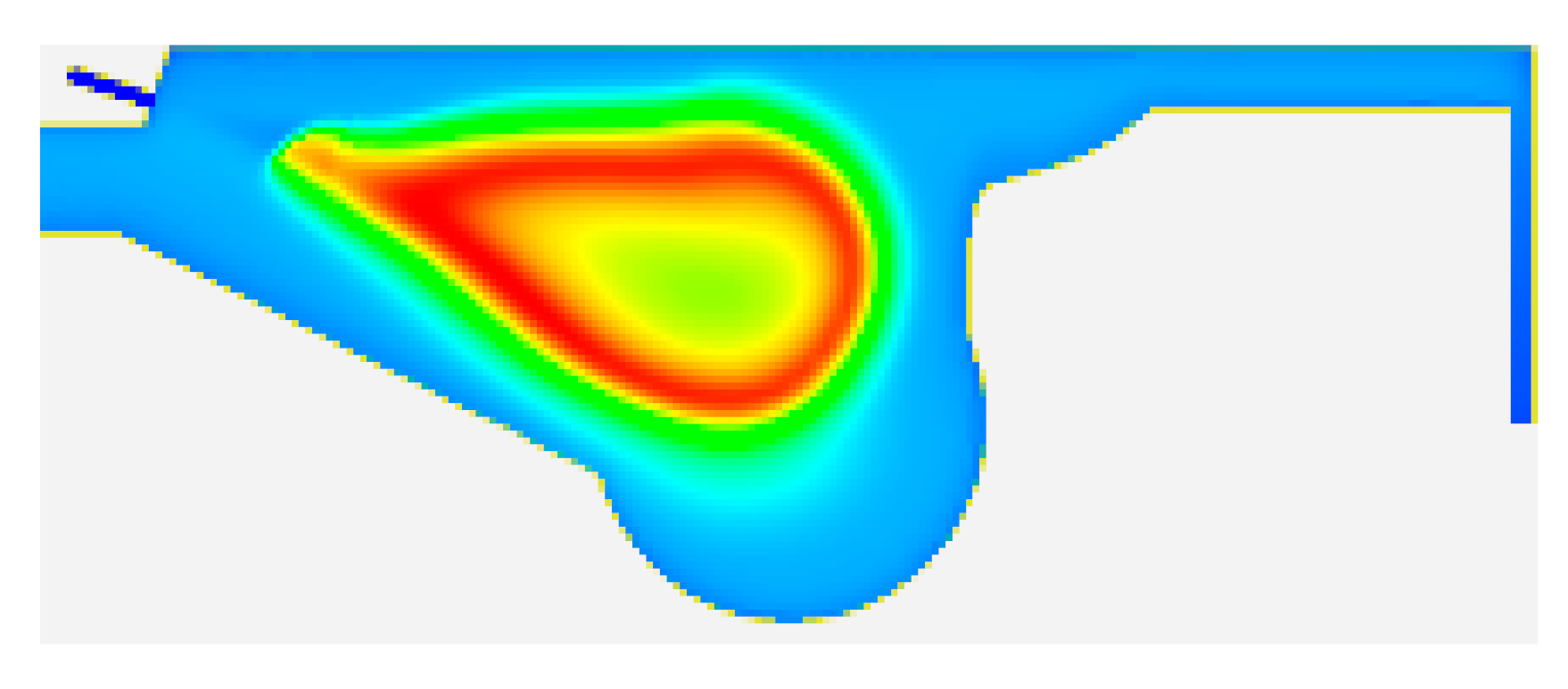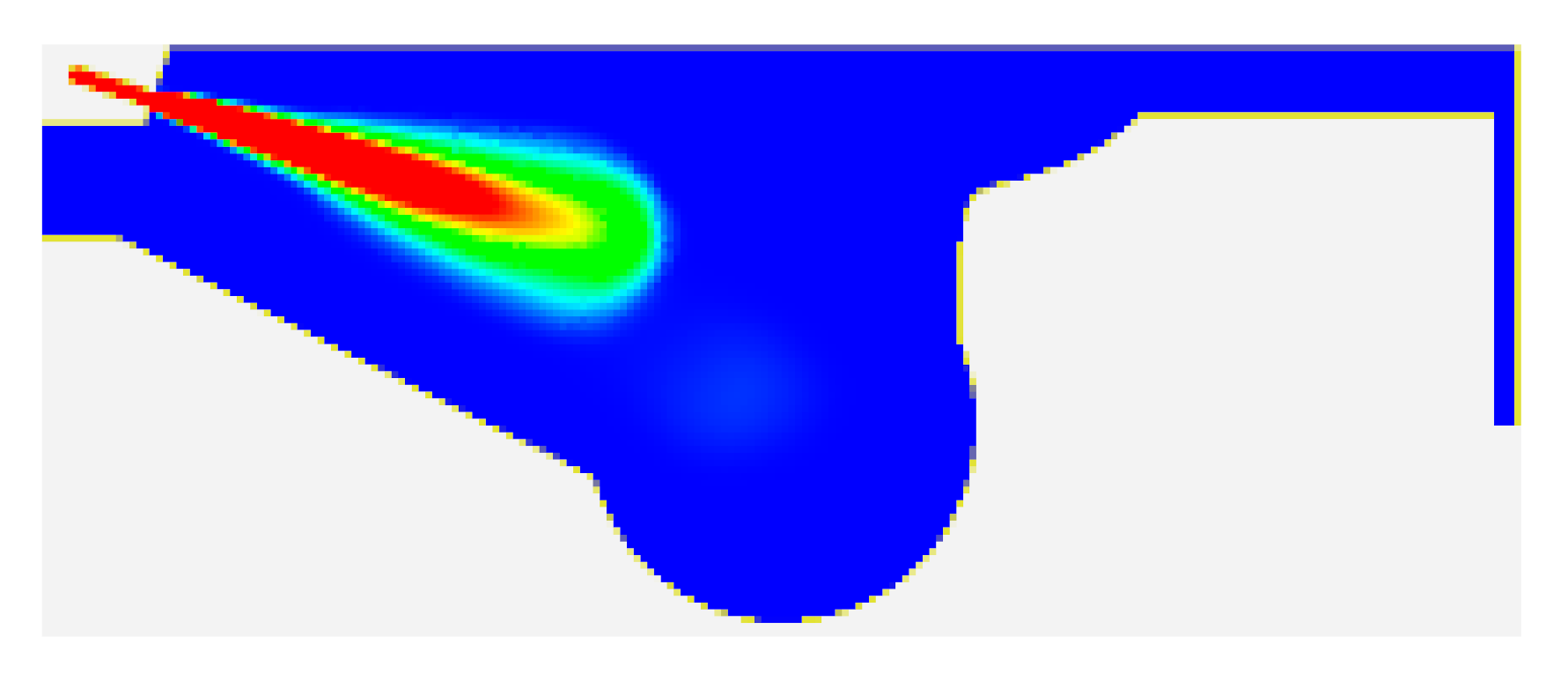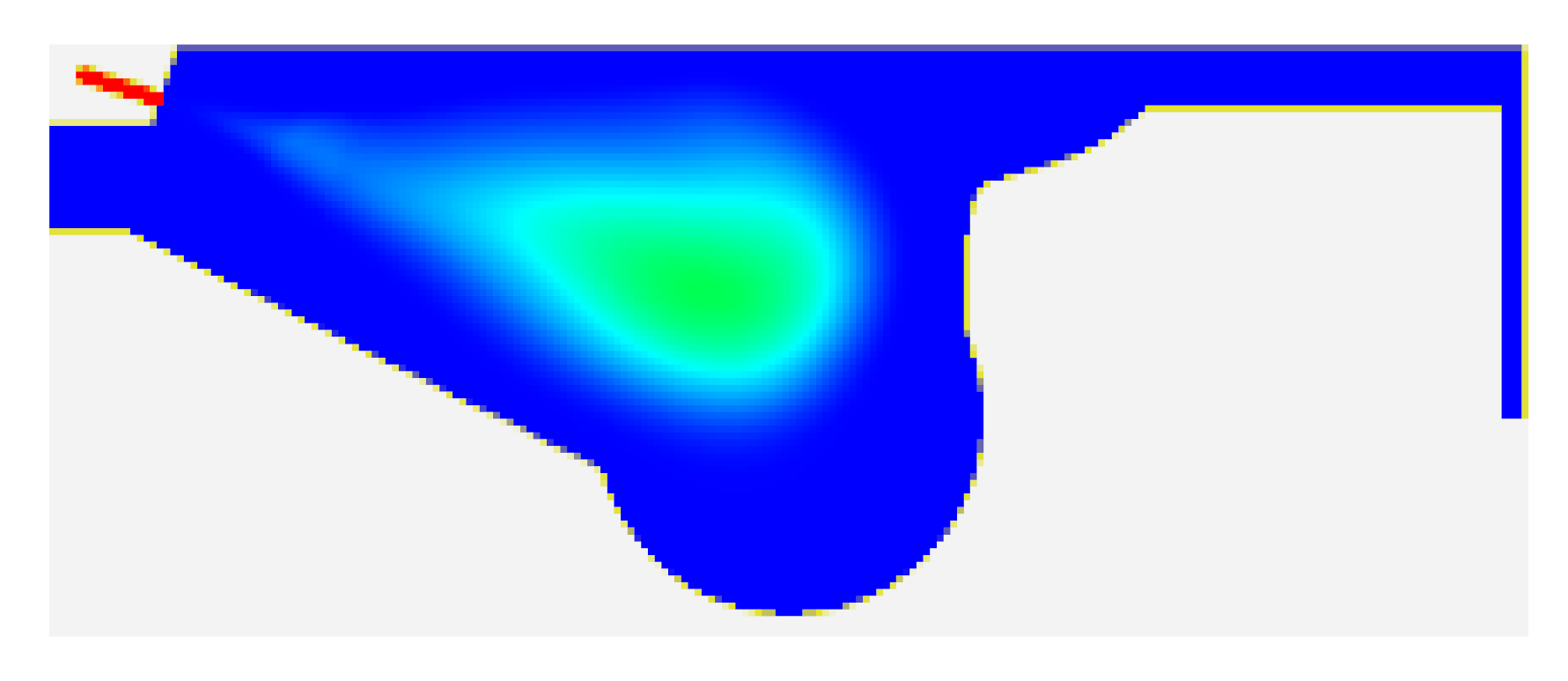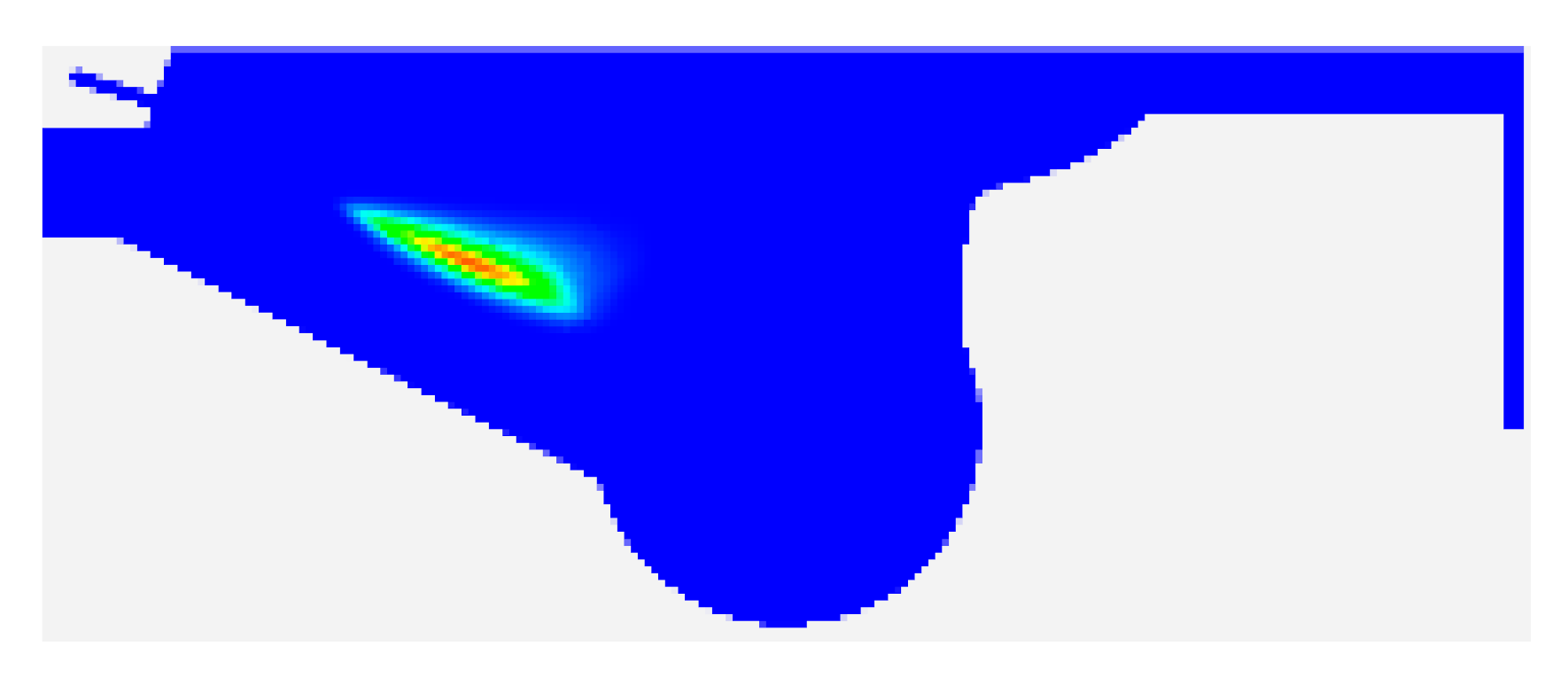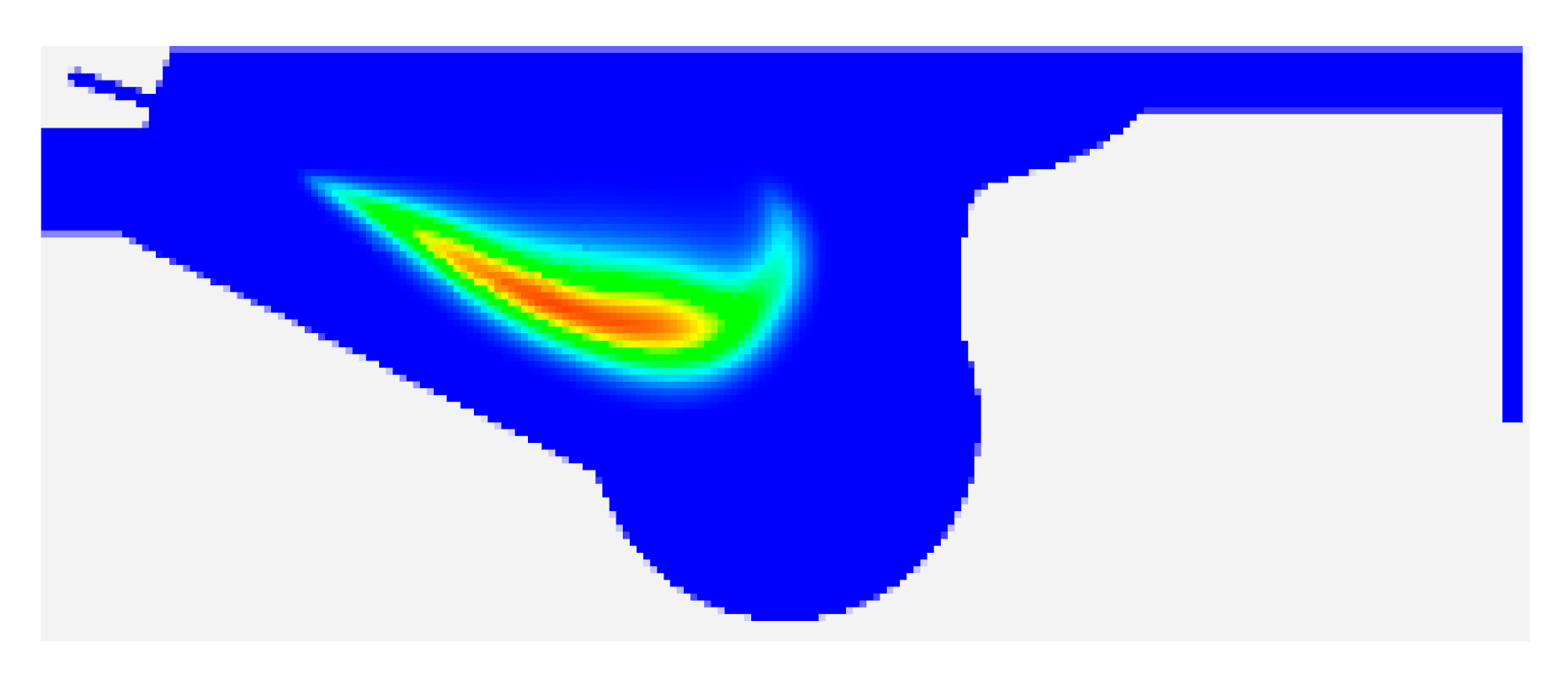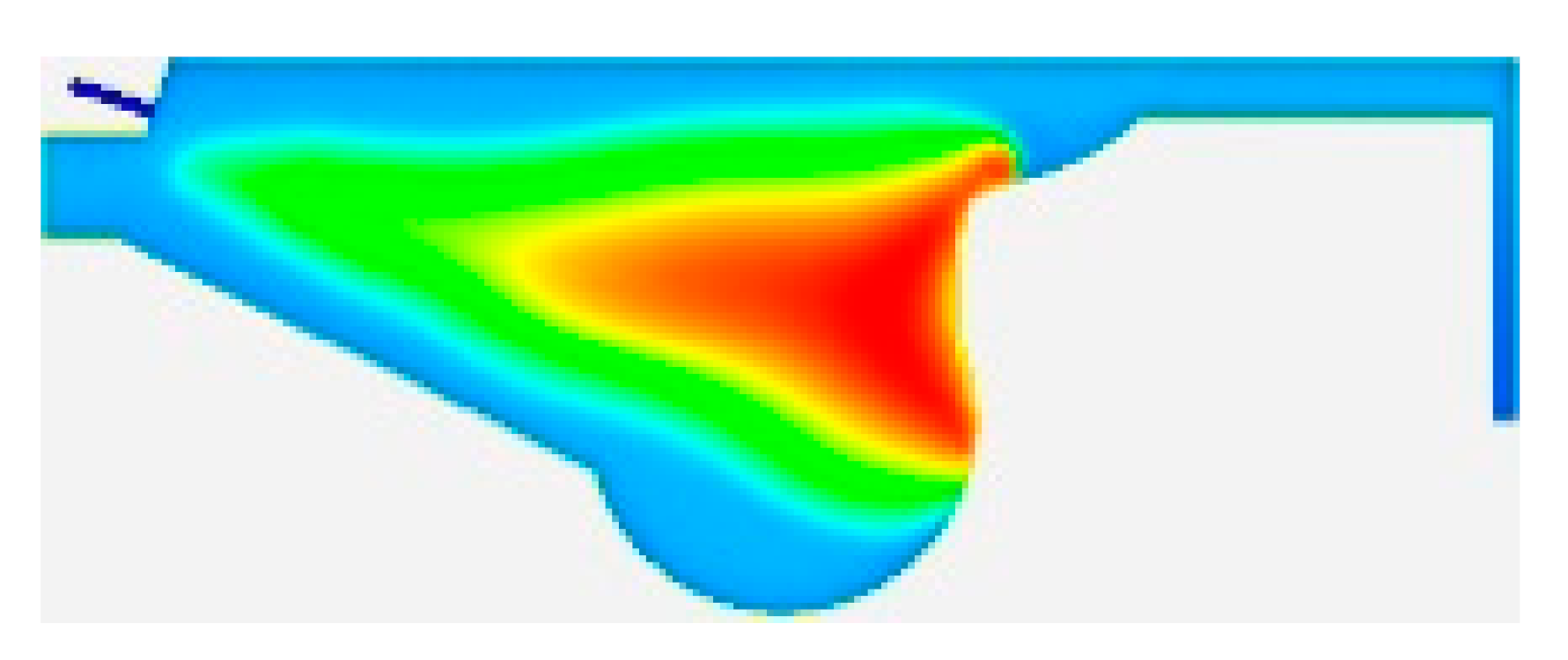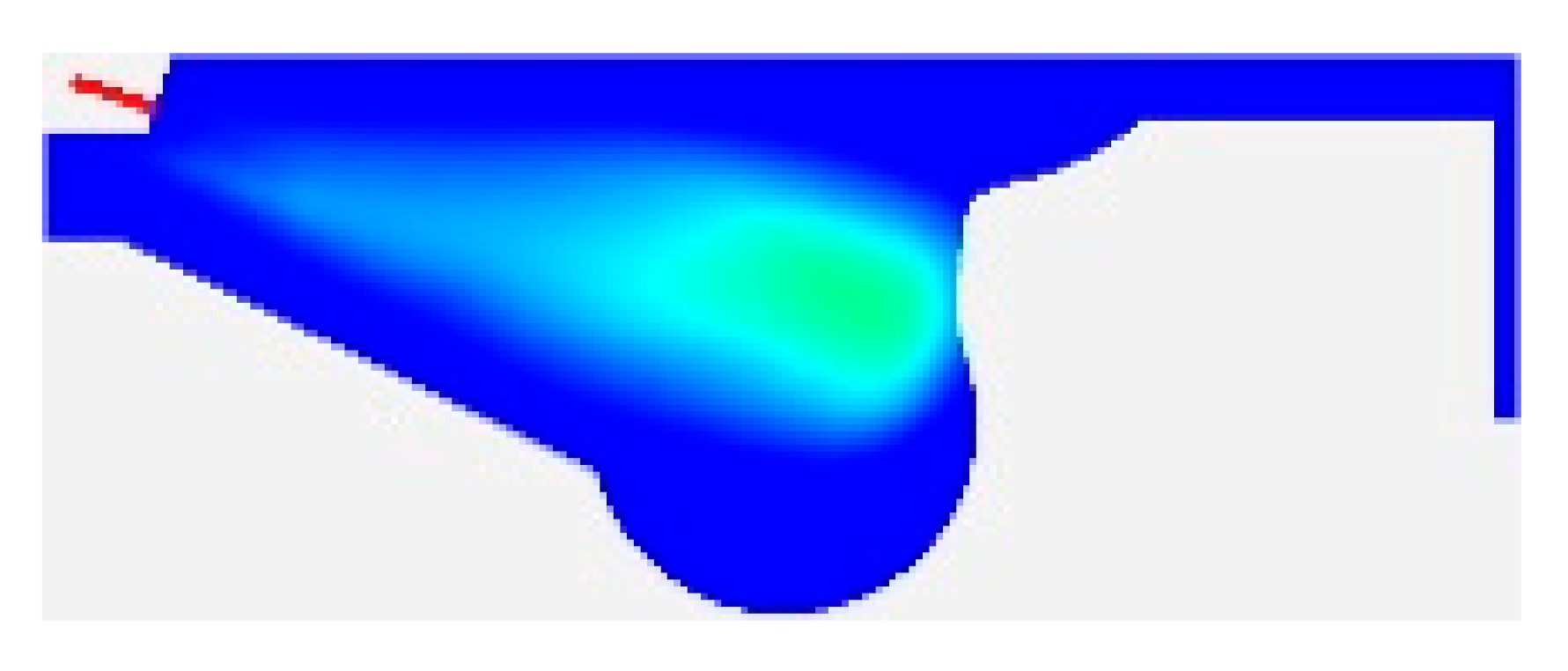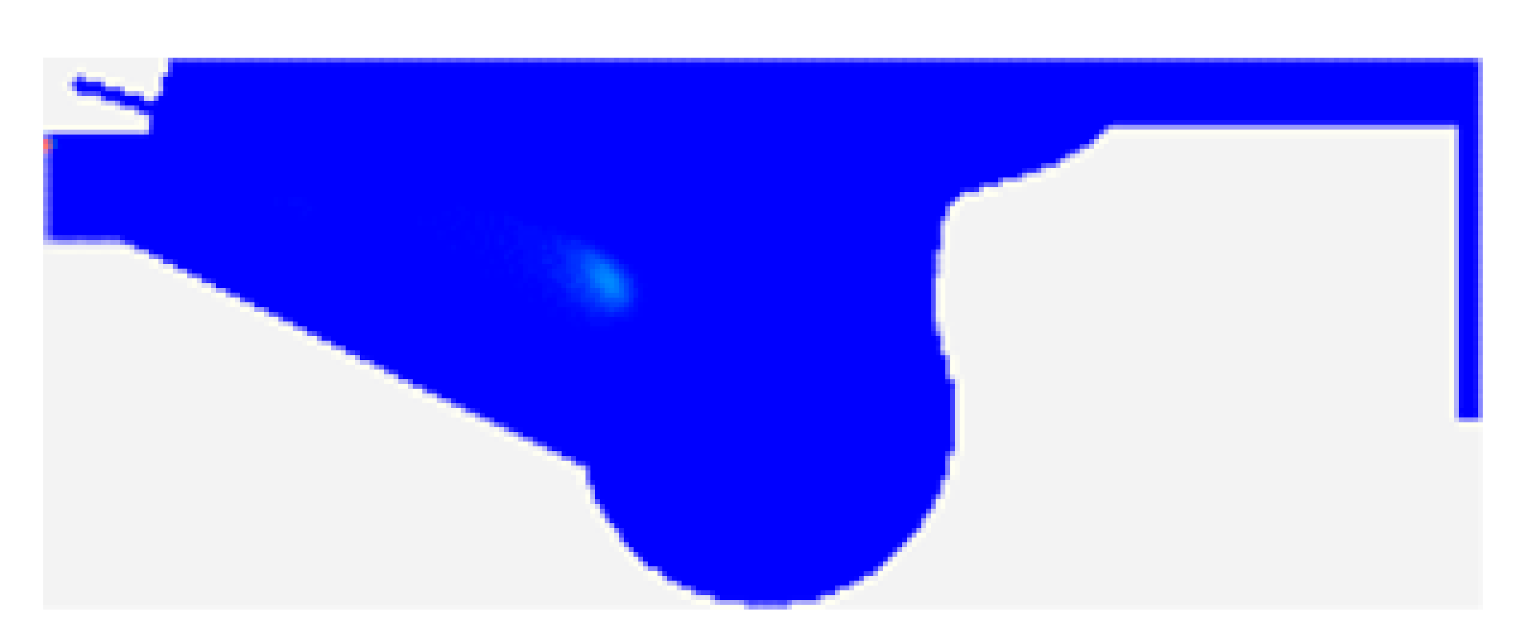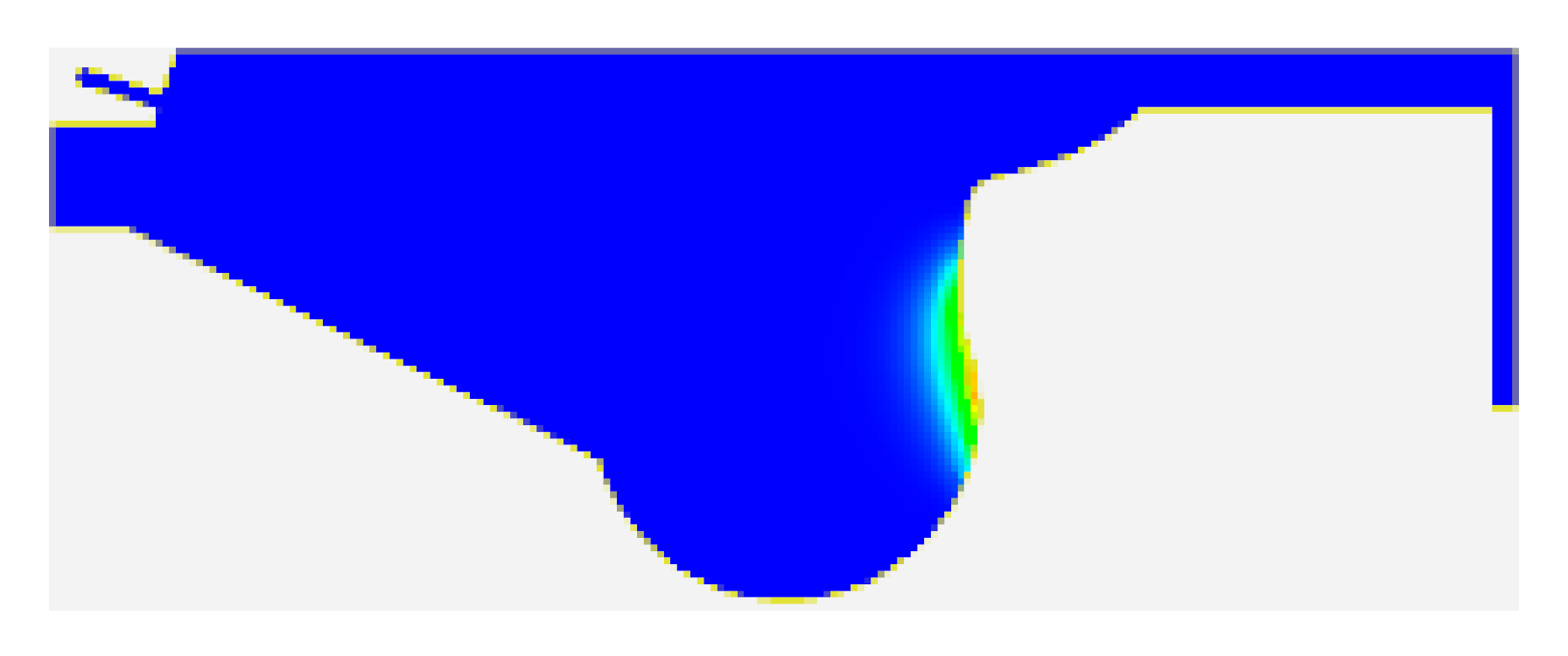1. Introduction
Seeking more efficient and clean alternative fuels, improving the engine thermal efficiency, and reducing emissions are common concerns with the increasingly strict emission regulations. Among various alternative fuels, natural gas (NG) has a great appeal. NG has the advantages of wide source, low price, and clean combustion. It also has certain advantages in improving engine emissions. In recent years, research on NG engines has become one of the major research contents that are greatly significant for alleviating energy shortages and reducing environmental pollution.
NG is more suitable for compression ignition engines because of its high auto-ignition temperature. The NG diesel dual-fuel engine uses NG as the main fuel. A small amount of diesel is then injected near the top dead center as the ignition source of the fuel–air mixture. This particular type of dual-fuel engine is called the pilot-ignited NG diesel engine (PINGD).
In most applications, NG is injected into the intake manifold to evenly mix with air, and then during the intake stroke, a uniform NG-air mixture is drawn into a cylinder. However, special high-pressure gaseous injectors allow NG to be injected directly into the cylinder shortly before the end of the compression stroke [
1]. This technology provides a better fuel economy and a more efficient combustion and has the key feature of both NG and diesel using a single injector [
2,
3]. We have two combustion modes according to the injection order of diesel and NG: High-pressure direct injection (HPDI, first injection of diesel and then NG) and partially premixed compression ignition (PPCI, first injection of NG and then diesel). Benefiting from the sensitive transient response, in-cylinder direct injection NG has become an attractive choice for heavy-duty engines to meet Euro VI regulations and reduce greenhouse gas emissions [
4]. This will promote the promotion of NG and hydrogenated vegetable oil and help reduce fuel costs [
5]. However, due to the complex structure of the injector and fuel supply system, the total cost will still be affected. Therefore, further reducing costs is one of the future development directions.
Some advanced combustion concepts about NG engines have been proposed and studied. Di Blasio et al. developed a multi-dimensional simulation model suitable for NG-diesel dual-fuel (DF) light-duty engines. The model can accurately predict ignition delay, cylinder pressure, heat release rate (HRR), and unburned hydrocarbons (UHC) [
6]. The authors then studied the effect of the compression ratio on combustion and emissions in DF mode. Studies have shown that due to the inherent H/C characteristics of NG, CO
2 emissions can be significantly reduced [
7]. In order to further reduce emissions and improve fuel economy, scholars combined PPCI and DF, and found that advanced injection strategies and EGR can help further improve the performance of DF engines [
8]. In addition, changes in NO
x emissions and soot emissions show opposite trends [
9]. Therefore, it is necessary to develop alternative fuels and study advanced combustion concepts suitable for NG engines to improve the fuel economy of compression ignition engines and reduce emissions, while balancing NO
x-soot emissions.
Over the years, many studies have been conducted to improve PINGD combustion and emissions. Compared with ordinary diesel engines, NO
x emissions have been significantly reduced, whereas CO emissions have been significantly increased. This problem can be solved by preheating the intake air and increasing the amount of pilot fuel [
10]. These measures can also reduce UHC emissions, which is another major problem related to PINGD. However, increasing the amount of pilot fuel increases the particulate matter emissions [
11]. A simulation calculation showed that the partial premixing of NG can effectively reduce CO and soot emissions, but causes the increase of NO
x emissions, which can be solved by adding EGR [
12,
13].
At present, conventional diesel engines mainly use Diesel Particulate Filter (DPF) to capture particulate emissions with an efficiency that can be above 90%. However, when used in PINGD, the DPF efficiency is only 60–70%, making particulate emissions a problem worth considering. In their study, Di Blasio et al. showed that reducing the amount of pilot fuel and using a lower compression ratio leads to a reduction in the particle number and diameter [
14]. Cowan et al. demonstrated that increasing the injection pressure can reduce the particulate emission mass and particle number. However, when compared, EGR addition significantly affects the particle number increase [
15]. The injection pulse separation (PSEP) of NG and diesel also has a significant impact on particulate emissions. Research results have shown that the peak heat release rate and the NO
x emissions increase as the PSEP is shortened. Moreover, the combustion duration and the particulate emissions decrease [
16]. Jones et al. found that diesel injection has little effect on particulate emissions, indicating that most of the particulate emissions of PINGD may be caused by the diffusion combustion of NG [
17].
NG engines are considered to be a promising solution that can effectively reduce greenhouse gas (CO
2) emissions and keep the production of pollutants within limits [
6]. At present, there have been many researches [
18,
19] and applications (e.g., marine engines, trucks and passenger cars) [
6] regarding NG engines. Nevertheless, there is still a lack of research on the effects of injection timing on combustion and emission characteristics in the two injection modes of direct injection PINGD. The mechanism of the parameters on the spray mixing process, concentration distribution, and ignition process is still unclear. Therefore, this research mainly aims to explore the influence of the NG injection timing on the distribution of the mixture equivalence ratio, ignition characteristics, and combustion reaction rate under the two combustion modes of HPDI and PPCI and analyze the thermal efficiency, emission, particle mass, and quantity. This study can reveal the mechanism of injection timing and help rationally organize the fuel mixing process to improve thermal efficiency and reduce emissions. The research results serve as a reference to enterprises and researchers.
2. Model Description
The engine parameters were based on the direct-injection NG engine developed by Weichai Westport New Energy Power Co., Ltd., Weifang City, China. The 1/9 combustion chamber was modeled and analyzed herein, with the main parameters listed in
Table 1.
Figure 1 depicts the 1/9 combustion chamber model at the top dead center (720° Crankshaft Angle (CA)). The engine injector had nine holes. The jet was symmetrically distributed along the cylinder axis.
Table 2 shows the parameter settings of the simulation analysis. The diesel injection mass of each case was fixed. The load was adjusted by changing the NG injection pulse width.
The soot model used in the calculation is an improved multi-step phenomenological (MSP) soot model [
20,
21]. The model defines acetylene as the main reaction material for the soot precursor generation and the soot surface growth. The detailed model is coupled to the original MSP soot model considering the important role of the accurate prediction of the acetylene generation path in building a soot model to predict the soot generation process. The new model combines the advantages of MSP and detailed models.
Figure 2 displays the model structure diagram.
The equation for solving the soot mass density
and the quantity density
is [
22]:
where
is the molar mass of the carbon atoms;
is the molar mass of the soot particles;
is Avogadro’s constant; and
is the chemical reaction rate.
Table 3 shows the model selection in the computational fluid dynamics (CFD) numerical simulation calculation process.
We simulated the operation process and compared the data with that of Westport to verify the model reliability.
Figure 3 illustrates that the simulation data of the heat release rate and the cylinder pressure were in a good agreement with the experimental data; thus, the model was reasonable.
3. Results and Discussion
3.1. Influence of the NG Injection Timing on the Combustion Process in the HPDI Combustion Mode
In this study, the diesel injection volume, injection pressure, injection timing, and injection duration were fixed to ensure the consistency of the diesel injection, ignition, and combustion processes. Under the abovementioned premise, the NG injection timing and the pulse width were changed to study the influence of different injection strategies on combustion and emissions under medium and low loads.
Table 4 shows the operating parameters of the simulated engine under low (indicated mean effective pressure (IMEP) = 0.27 MPa, cases 1–6) and medium (IMEP = 0.8 MPa, cases 7–12) loads.
Figure 4 depicts the effect of different NG injection timings on the heat release rate under low and medium loads. After the diesel was injected into the cylinder, it quickly evaporated and mixed with air. The diesel fuel quickly burned when the combustion conditions were reached, resulting in the formation of the first exothermic peak. High-pressure NG was then injected into the cylinder and ignited, resulting in the formation of the second exothermic peak. At different injection timings, the cylinder pressure, temperature, and combustion state of the diesel jet were different when NG started to burn. Therefore, the injection timing had a very large impact on the ignition and heat release characteristics of the mixed gas and a significant impact on the emission.
Figure 5 shows the effect of different NG injection timings on the cylinder pressure at low and medium loads. As PSEP increased, the start of combustion delayed, which caused CA50 to lag, and part of the combustion process occurred after TDC. Eventually, the peak pressure in the cylinder decreased, and the time when the peak occurred delayed.
Table 5 shows the concentration field of the NG and the temperature field at different NG injection timings under the medium load. The NG injection timing determined the NG jet distribution in the high-temperature area formed by diesel combustion, which consequently affected the combustion process. After being injected into the cylinder, the high-pressure NG quickly mixed with air, forming combustible gas at the jet’s head and periphery. The combustible gas was ignited after it came into contact with the high-temperature area. The flame then spread along the co nnmbustible mixture area toward the nozzle. The contact area between the combustible mixture and high-temperature areas continued to increase with the injection timing delay. Therefore, the mixture ignited at multiple points and quickly burned. The combustion process was mainly manifested as injection, mixing, and combustion at the same time.
Figure 6 presents the emissions at different injection timings under medium and low loads. The NO
x emissions generally showed a downward trend, while the HC emissions first decreased and then increased as the injection timing was delayed. The lower temperature in the cylinder caused by the injection delay led to a reduction in the NO
x emissions. When the PSEP was short, the rich gas mixture made the NG unable to burn completely. On the contrary, when the PSEP was long, the NG incompletely burned. Compared with that under the low load, the high temperature under the medium load lasted longer, making the NO
x emission higher. At the same time, it can be observed that CO
2 emissions increased significantly due to the increase of NG. In addition, soot emissions and NO
x emissions had opposite trends. The reason is that the high temperature thermodynamic environment promoted NO
x generation and soot oxidation. How to balance NO
x-soot emissions is also a question worth discussing.
3.2. Influence of the NG Injection Timing on the Combustion Process in the PPCI Combustion Mode
The research method of the PPCI combustion mode was similar to that of the HPDI mode.
Table 6 shows the parameters under the low (IMEP = 0.27 MPa, cases 13–17) and medium (IMEP = 0.8 MPa, cases 18–22) loads.
Figure 7 illustrates the effect of different injection timings on the heat release rate under low and medium loads. When the PSEP was relatively short, the diesel fuel quickly ignited the injected NG, and the other part of the NG continued to be injected into the cylinder. The entire combustion was a partially premixed combustion. The heat release began to show two stages as the PSEP increased: Diesel combustion heat release and NG combustion heat release. The NG that was injected early and the air were fully mixed to form an over-lean mixture because the PSEP was very long. Therefore, after the diesel ignition, the over-lean mixture could not be completely and quickly burnt, resulting in a significant prolongation of the combustion duration and a considerable part of the NG burning slowly after the top dead center.
Figure 8 shows the cylinder pressure under a low load and medium load. With the increase of PSEP, the time of combustion started and CA50 advanced, causing combustion to occur before TDC, so the peak cylinder pressure increased. However, when the PSEP was too long, NG and pilot diesel burned separately and formed two exothermic peaks, which reduced the pressure peak.
Table 7 lists the concentration field of the NG and the temperature field at different injection timings under the medium load. In the PPCI combustion mode, the NG was first injected into the cylinder and mixed with air to form a mixture. When the PSEP was relatively short, the combustible mixture at the jet’s tail was ignited after the diesel was burned, and the flame moved toward the jet’s head. The characteristic was that the heat release phase of the diesel and NG combustion was adjacent, and the combustion duration was short. A large amount of air−fuel mixture was distributed in the piston bowl and clearances when the injection timing was further advanced. After the diesel was burned, only a small amount of the air−NG mixture near the flame was ignited, and the air−NG mixture in the clearance was not ignited.
Figure 9 shows the NO
x and HC emissions at different injection timings under medium and low loads. The NO
x emissions increased, but the HC emissions decreased as the injection timing was delayed. High temperature is an important condition for NO
x generation. Due to the advancement of the injection timing, NG was injected into the cylinder and mixed with air earlier, which enhanced the premixed part of combustion, reduced the combustion temperature, and shortened the duration of the high temperature, consequently suppressing the NO
x emissions and soot oxidation. NO
x–soot emissions showed the same trend as under the HPDI mode. The HC emissions increased with the advancement of the injection timing because the NG distributed in the clearance was incompletely burned or not ignited, and the relatively lagging combustion caused unburned HC to be discharged from the cylinder with the exhaust gas.
3.3. Influence of HPDI and PPCI Combustion on the Thermal Efficiency under Medium and Low Loads
Figure 10 presents the thermal efficiency of the two combustion modes. The thermal efficiency first increased, then decreased as the injection timing was delayed. The most suitable PSEP was used to maximize the indicated thermal efficiency. The highest indicated thermal efficiencies under the four groups of working conditions were 46.5%, 49%, 43.4%, and 48.1%. Compared with that in the low load, the thermal efficiency was higher under the medium load. In addition, the thermal efficiency of the HPDI combustion mode was higher than that of the PPCI combustion mode.
Figure 11 shows the energy balance analysis of the two combustion modes. Due to the low combustion temperature and short duration of the high temperature, the heat transfer loss in the PPCI mode was significantly lower than that in HPDI mode. Although the incomplete combustion of NG in the PPCI mode resulted in a higher combustion loss, the overall energy loss in the PPCI mode was still lower.
In the HPDI mode, the high-temperature zone formed by the pilot diesel combustion became larger, and the thermal atmosphere improved as the PSEP increased, leading to multiple ignitions in the mixed-gas area. This was beneficial in increasing the combustion rate. In addition, a proper PSEP helped reduce the compression loss; hence, the thermal efficiency was improved. However, part of the combustion occurred in the power stroke, and the thermal efficiency decreased instead as the PSEP further increased.
In the PPCI mode, the mixed gas in the piston bowl and clearances decreased as the PSEP decreased, solving the incomplete combustion problem. At the same time, the burning rate increased, and the thermal efficiency significantly increased. However, with the further decrease of the PSEP, the thermal efficiency fluctuated up and down under the combined effect of the combustion rate increase and the CA50 delay.
For the two combustion modes, the PSEP affected the thermal atmosphere, mixture distribution, combustion rate, and CA50, and ultimately affected the thermal efficiency. The highest thermal efficiency had the corresponding best PSEP.
Figure 12 shows the effect of the load and the combustion mode on CA50 and combustion duration. In the HPDI mode, CA50 lagged significantly as the injection timing lagged. In the PPCI mode, diesel and NG burned separately if the PSEP was too long, and the CA50 lagged significantly. Compared with the low load, more fuel could be found in the cylinder at the medium load; hence, the combustion duration was longer, and the CA50 lag was more obvious.
3.4. Particle Emission Characteristics
The particulate emissions of intake-port-injected PINGD are generally significantly lower than those of diesel engines, benefiting from fuel characteristics and premixed combustion. However, direct-injection PINGD uses diffusion combustion in the HPDI combustion mode, which has an adverse effect on particulate emissions. Particulate emissions have become a factor worth studying, considering the low efficiency of DPF when running on PINGD. We used a multi-step soot model to conduct an in-depth analysis of the simulated data to explore the effect of different combustion modes on particulate emissions. Furthermore, we investigated the mass, quantity, and diameter of particulate emissions under the HPDI and PPCI modes.
Figure 13 depicts the particle mass in different combustion modes under the low load. The particle mass of diffusion combustion was higher than that of premixed combustion. The injection timing had little effect on the particle mass of the premixed combustion, but with the advancement of the injection timing, the particle mass of diffusion combustion first increased, then decreased. The mixing and the combustion of NG proceeded at the same time when the injection timing was early, resulting in a closer phase of the NG and diesel combustion. In this case, the temperature in the cylinder was relatively high, and the duration was long, which was beneficial to the particle oxidation. With the delay of the injection timing, the temperature decreased, and the duration shortened, resulting in particle increase. When the injection timing was further delayed, the thermodynamic atmosphere in the cylinder was not enough to support the full combustion of NG, and the mixture became lean. At this time, a large amount of HC emissions was produced, and the particles were reduced.
Figure 14 illustrates the combustion path diagram in the two modes. Part of the richer mixture in HPDI combustion promoted the production of more particulate emissions. However, the equivalent ratio of PPCI combustion was relatively small; hence, we observed fewer particulate emissions.
Table 8 shows the temperature, equivalence ratio, and particle concentration distribution under the two combustion modes. In the HPDI mode, the combustion process was diffusion combustion. The mixture formation and combustion occurred at the same time. The particle generation occurred in the combustion zone. In the PPCI mode, the combustion process was premixed combustion. The equivalent was relatively small when the mixture was burned, inhibiting the soot generation. In this combustion mode, the soot generation mainly occurred in the region with a richer mixture.
Figure 15 depicts the changes in the particle mass and number densities when the injection time was −7.5 °CA after top dead center (ATDC) in the HPDI combustion mode. The diesel and the NG began to burn sequentially at 711 °CA and 713 °CA. The particulate emissions were mainly contributed by the NG combustion. The NG began to burn after 713 °CA. At this time, the surface growth of the particles promoted the particle mass growth. Therefore, the particle mass density started to rise rapidly. The total surface area of the particles increased as the number of particles increased. The oxidation of oxygen and hydroxyl also gradually increased. At 718.5 °CA, the particle mass density began to decrease and eventually stabilized. The average diameter of the particles in the HPDI mode was less than 10 nm, denoting nuclear particles.
Figure 16 shows the changes in the particle mass and number densities at the injection time of −12.5 °CA ATDC in the PPCI combustion mode. In this case, NG and diesel were combusted at 714 °CA, and the particle mass density and number density began to rise. The particle mass density began to decrease after 718 °CA because of the shorter combustion duration in the PPCI mode. Affected by diesel combustion, the average particle diameter at the beginning of the combustion was relatively large, reaching approximately 100 nm; however, the average particle diameter then rapidly decreased and fell below 10 nm. Compared with HPDI combustion, the average diameter of the PPCI combustion particles was smaller.
A comparison of the two combustion modes showed that the number density of the soot particles under HPDI combustion was higher than that under PPCI combustion, reaching 7–8 times. Meanwhile, the mass density could reach 10 times. The diameter of the soot particles under HPDI combustion was also larger. Mixing and combustion proceeded together in HPDI combustion; hence, a richer mixture was obtained during combustion. An incomplete combustion can promote acetylene production, which consequently promotes soot precursor generation and surface growth. The final performance involved the particle number and diameter both at a high level.
